Lighting serves as a fundamental element in elevating the visual appeal and practicality of any environment. Whether it’s the cozy sanctuary of your home, the productive atmosphere of your office, or the inviting ambiance of a commercial establishment, the selection of appropriate lighting has the power to craft the perfect setting and enhance overall productivity and well-being. In this comprehensive guide, we will delve into various kinds of lighting and offer valuable insights on how to optimize your home lighting experience for ultimate satisfaction.
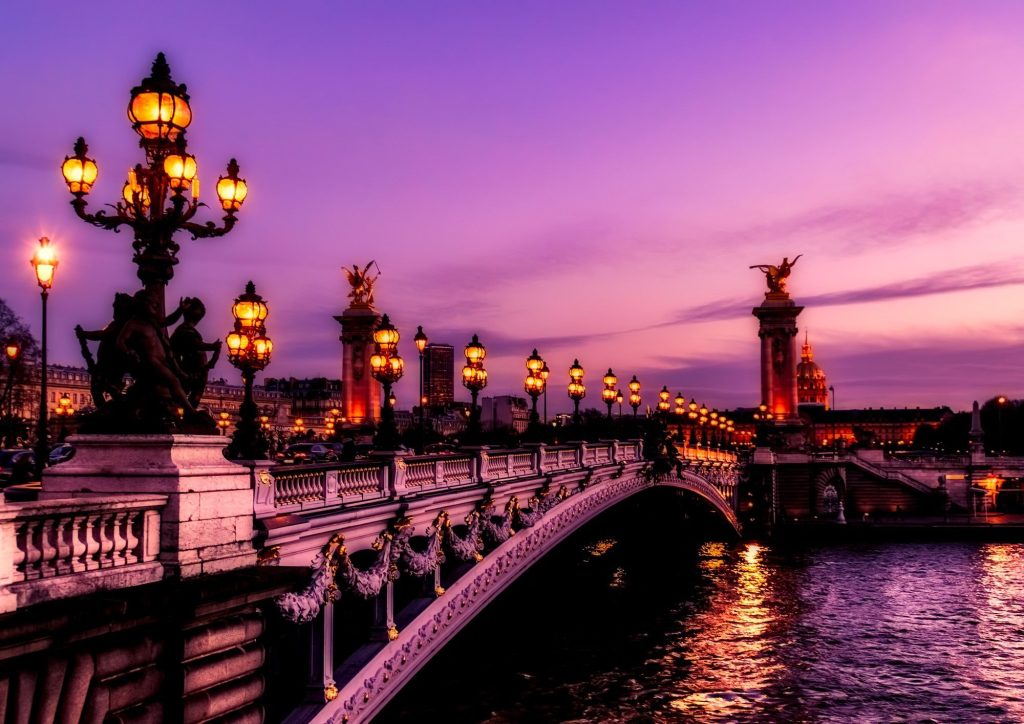
The significance of lighting transcends mere functionality, as it has the ability to transform a space into a charming and welcoming haven. Properly executed lighting design can evoke specific moods, accentuate architectural features, and highlight decor elements.
Types of Lighting
First and foremost, it is crucial to understand the different types of lighting available to make informed choices that align with your preferences and requirements. There are many different types of lighting, which can be classified according to the purpose of lighting, types of artificial light sources, lighting methods, and lighting locations.
Types of Lighting. Classification by Lighting Purposes
Lighting can be broadly categorized into natural lighting and artificial lighting. Artificial lighting, in turn, can be classified into four main types: ambient or general lighting, task lighting, accent lighting, and decorative lighting.
Each kind of lighting serves a distinct purpose and can be combined to create layered and visually dynamic lighting schemes. By utilizing a combination of ambient, task, accent, and decorative lighting, one can achieve a well-balanced and visually appealing lighting setup that caters to both functionality and aesthetics.
Natural Lighting: Harnessing the Power of Sunlight
When it comes to illuminating our living spaces, nothing compares to the enchanting allure of natural lighting. The warm embrace of sunlight filtering through windows can transform a room, creating a calming and invigorating ambiance. Naturalistic lighting not only enhances the aesthetic appeal of a space but also offers numerous benefits for our well-being.
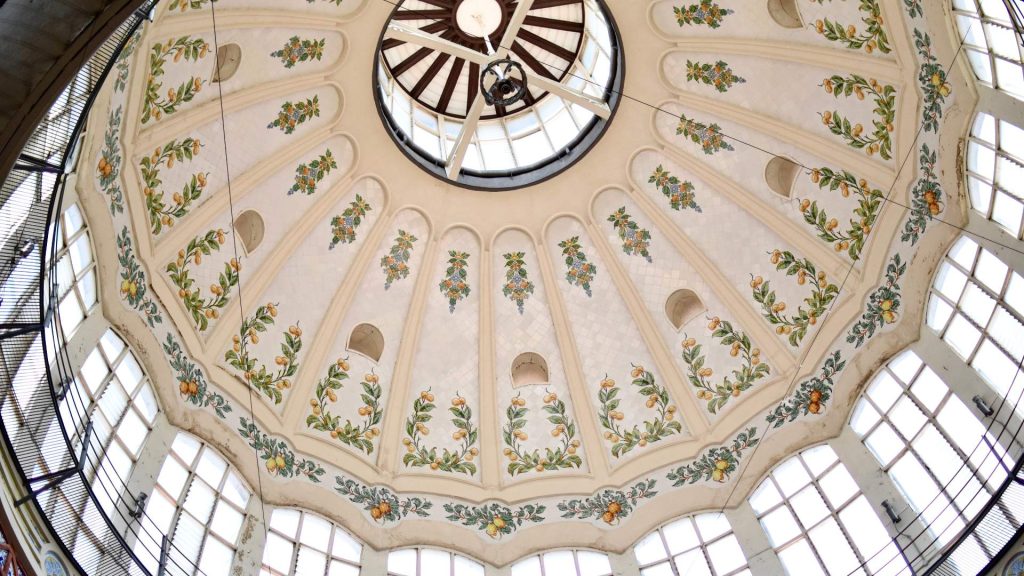
Natural Lighting Definition. What is Natural Lighting
Natural lighting refers to the use of sunlight as the primary source of lighting, directly or indirectly, that enters indoor spaces through windows, skylights, or other openings. It is a form of lighting that relies on natural light sources rather than artificial lighting fixtures, creating a soft, balanced, and ever-changing illumination that enhances the aesthetic appeal of a space and promotes a connection to the outdoors.
Natural Lighting Advantages and Disadvantages
Natural lighting that harnesses the sun’s power creates a warm and inviting ambiance that can transform any room. However, as with any lighting option, it has its own set of benefits and drawbacks. In this comprehensive post, we will look at the benefits of natural lighting as well as some important factors to think about when incorporating it into your home or workplace.
Advantages of Natural Lighting
Health and Well-being: Sunlight increases the production of serotonin, a hormone that regulates mood and promotes happiness. You can create a more positive and uplifting environment by incorporating natural lighting into your space.
Energy Efficiency: Natural lighting is an energy-efficient option compared to artificial lighting. Relying more on natural light during the daytime, you can significantly reduce energy consumption and lower your electricity bills.
Color Accuracy: Sunlight provides the most accurate representation of colors, allowing us to perceive objects and spaces in their truest form. This is particularly important in settings such as art galleries, showrooms, or retail spaces where accurate color rendering is crucial.
Visual Appeal and Aesthetics: Natural lighting has a unique visual appeal that can enhance the aesthetics of any space. It creates a soft and balanced illumination, reducing harsh shadows and creating a more visually pleasing environment.
Considerations and Disadvantages of Natural Lighting
Inconsistent Availability: One of the primary considerations of natural lighting is its inconsistent availability. It heavily relies on weather conditions and the position of the sun. During cloudy days or in regions with limited sunlight, natural lighting may not be as reliable or consistent.
Glare and Overheating: While natural lighting is visually appealing, it can also lead to challenges such as glare and overheating. Direct sunlight entering a room can cause glare on reflective surfaces, computer screens, or televisions, which can be distracting and uncomfortable. Additionally, intense sunlight can generate excessive heat, leading to discomfort and increased cooling costs. Proper window treatments, such as blinds, curtains, or tinted glass, can help mitigate these issues.
Privacy and UV Protection: Large windows and openings that maximize natural light may compromise privacy. It is important to balance the desire for natural lighting with the need for privacy, especially in areas such as bedrooms or bathrooms. Additionally, prolonged exposure to direct sunlight can lead to UV damage to furniture, flooring, and artwork. Consider UV-protective coatings or window films to minimize the harmful effects of UV rays.
Design and Layout Considerations: Integrating natural lighting into the design of space may require careful planning and consideration. The placement, size, and orientation of windows, skylights, or light-transmitting elements should be strategically planned to optimize natural lighting without compromising functionality or privacy. Consulting with a professional architect or designer can help ensure an effective and balanced natural lighting design.
Natural Light Sources
When it comes to illuminating our world, nature offers a captivating array of lighting sources that have inspired artists, poets, and dreamers for centuries. From the warm glow of sunlight to the ethereal shimmer of moonlight and the twinkling beauty of starlight, each natural light source carries its unique charm. In this enlightening post, we will explore some of nature’s most enchanting illuminators, including Sunlight, Moonlight, Starlight, Lightning, Fireflies, Glowworms and Angler Fish.
The sun is the most abundant and powerful natural lighting source. Sunlight gives us warmth, nourishment, and a vibrant glow that brightens our days. It is an important source of vitamin D and helps to regulate our sleep-wake cycles. Sunlight energizes us and adds vibrancy to our surroundings, making it an invaluable resource for both indoor and outdoor illumination.

The moon takes center stage as the sun sets, casting a gentle glow on the Earth. Moonlight carries a serene and mystical quality that has captured the imaginations of storytellers and lovers throughout history. Its soft, silvery illumination creates a calming ambiance, perfect for moonlit strolls, intimate gatherings, or moments of quiet contemplation.
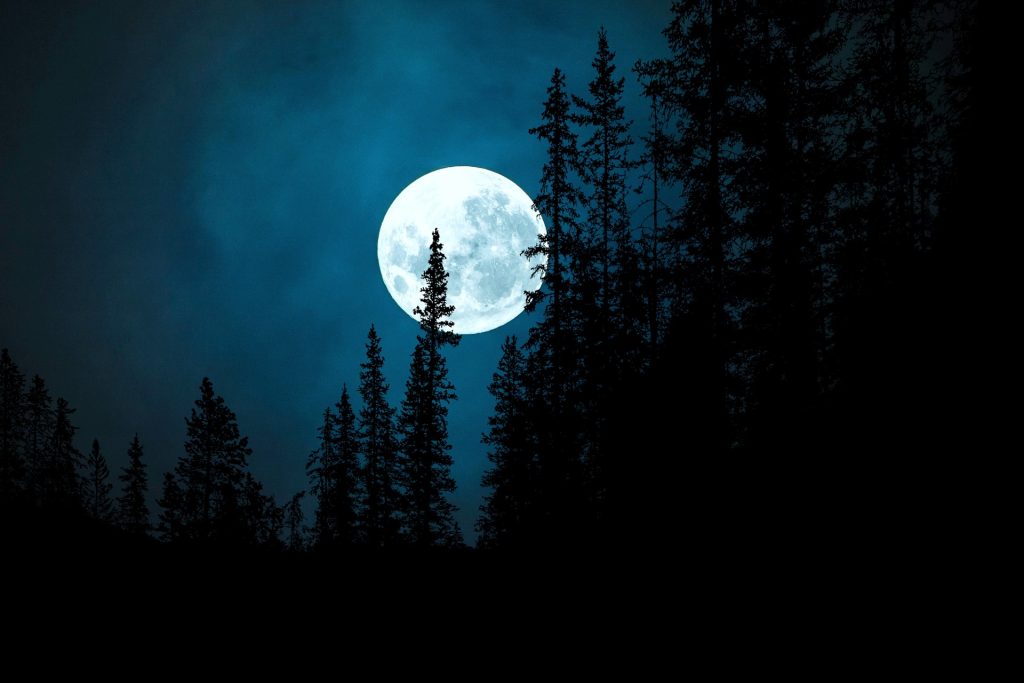
Gazing up at a clear night sky reveals a myriad of stars, each twinkling and sparkling with its celestial brilliance. Starlight, though faint, has a magical quality that evokes wonder and awe. It creates a dreamy and romantic atmosphere, inviting us to lose ourselves in the vastness of the universe. Whether in rural or urban settings, starlight offers a serene and captivating lighting source that can transform any scene into a celestial spectacle.

During thunderstorms, nature showcases its power with brilliant flashes of lightning illuminating the sky. Lightning is a dazzling and intense natural lighting source, casting dramatic and fleeting bursts of light across the landscape. Its vibrant energy and dynamic nature add an element of excitement and intrigue to the night, making it both awe-inspiring and humbling.
Fireflies, those enchanting insects that light up warm summer nights, create a whimsical and mesmerizing lighting display. Their bioluminescence produces a soft, flickering glow that dances through the darkness. Fireflies evoke feelings of nostalgia, filling the air with their gentle illumination and adding a touch of magic to any outdoor setting.

In the depths of caves and forests, glowworms create a mystical lighting experience. These small creatures emit a soft, phosphorescent glow, creating an otherworldly ambiance in their surroundings. The gentle light of glowworms guides explorers through hidden paths and adds an element of wonder to these natural habitats.
Deep in the darkest depths of the ocean, the anglerfish utilizes its bioluminescent lure to navigate and hunt. The mesmerizing glow emitted by the anglerfish is both eerie and captivating, serving as a natural lighting source in the abyss. While not visible to us in our daily lives, the anglerfish’s unique bioluminescence reminds us of the diverse and awe-inspiring natural lighting sources that exist beyond our reach.

Nature has bestowed upon us a treasure trove of natural light sources, each with its unique characteristics and allure. From the radiant warmth of sunlight to the captivating glow of moonlight, starlight, lightning, fireflies, glowworms, and even the mysterious allure of the anglerfish, these sources offer endless inspiration for lighting designers and enthusiasts alike. By harnessing the magic of these natural illuminators, we can create captivating lighting experiences that bring us closer to the beauty and wonder of the natural world.
Natural Lighting Techniques
When it comes to illuminating our indoor spaces, natural lighting techniques offer a captivating and sustainable solution. By harnessing the power of sunlight, we can create an enchanting ambiance that not only enhances aesthetics but also promotes well-being. In this post, we will explore three natural lighting techniques: direct sunlight, internal reflection, and external reflection, and discover how they can transform any space into a haven of light and beauty.
Direct Sunlight
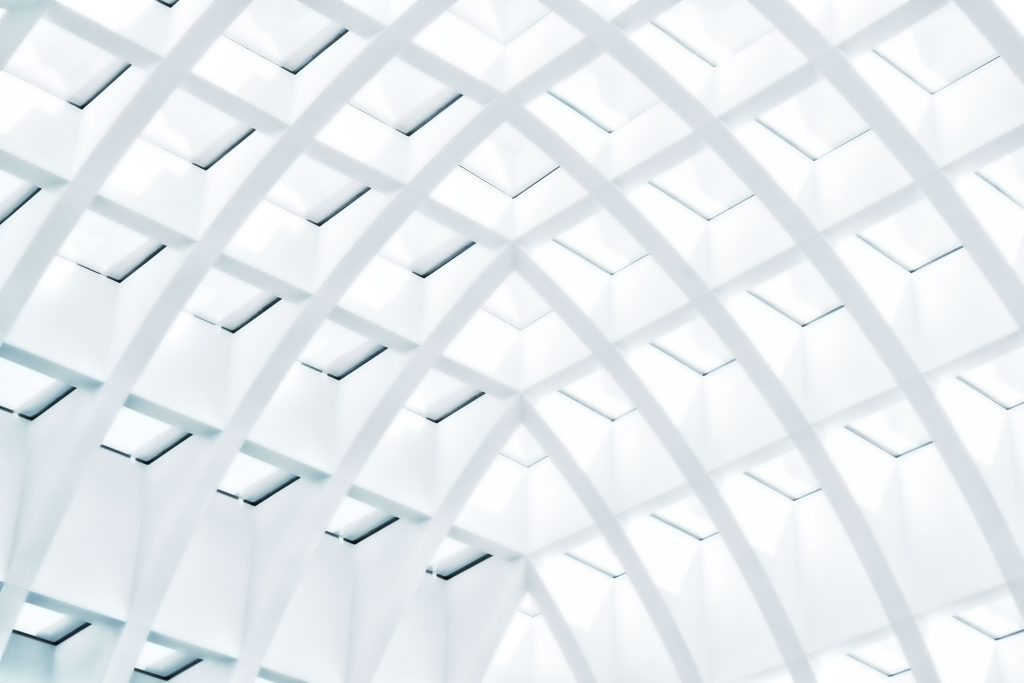
Direct sunlight involves integrating external glazings into the occupants’ environment. This can be achieved through the use of windows and skylights, which involve placing glass panels on the roof to enable the passage of light from above.
Internal Reflection
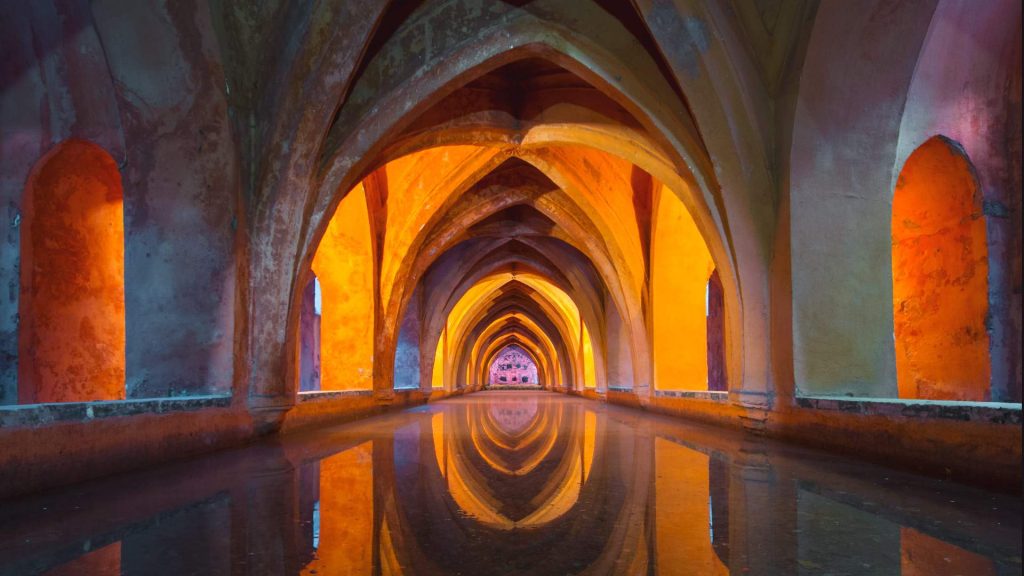
Internal reflection involves the reflection of light off the internal walls, floor, and ceiling within the living or working space. This can be achieved by incorporating high-reflective surfaces, such as glossy or smooth materials. Mirrors are a prime example of internal reflection, as they effectively bounce light off their surfaces, contributing to the overall illumination of the space.
External Reflection
External reflection refers to the utilization of floor or ground surfaces to reflect light. This can be achieved through various means, such as wide window sills, light shelves, or adjacent buildings. However, it is important to exercise caution, as excessive external reflection can lead to glare, which is an unpleasant visual sensation caused by excessive and uncontrolled brightness within one’s field of view.
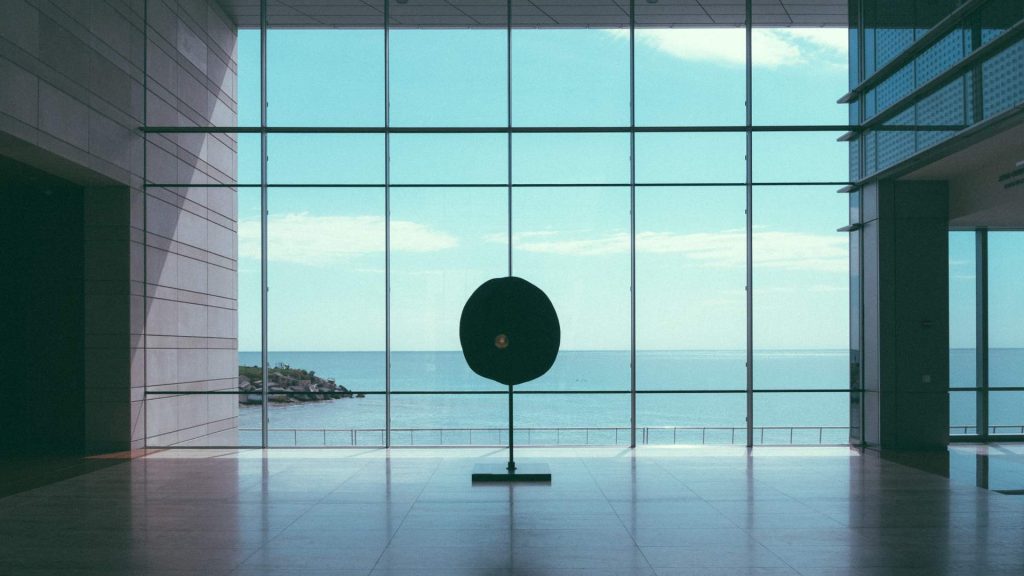
For a detailed presentation of natural lighting, we invite you to visit our web page dedicated to daylighting. There, you’ll find an in-depth presentation that delves into the specifics of daylighting types and fixtures, giving you valuable information and insights to guide your lighting decisions.
Artificial Lighting
Artificial lighting, as the name suggests, is man-made lighting generated through artificial means. Through technological advancements, we have gained the ability to control the quality, color, and artificial light brightness. It has become an indispensable part of our daily lives, enabling us to work in environments with inadequate natural lighting and illuminating our nights. Modern technology heavily relies on artificial light, with devices such as smartphones, lamps, televisions, laptops, and car lights depending on it.

However, it is important to note that artificial illumination does not possess the same advantages as natural light. Unlike natural light, artificial lighting is not suitable for photosynthesis or conducive to the health of living organisms, such as plants. While it serves various purposes in our daily activities, its limitations should be considered when it comes to sustaining life forms and their natural processes.
Artificial Lighting Definition. What is Artificial Lighting
Artificial lighting is the use of man-made light sources to illuminate indoor and outdoor spaces. Unlike natural lighting, dependent on the sun, moon, or other natural light sources, artificial lighting is intended to provide illumination in a variety of settings and environments, both indoor and outdoor, regardless of the time of day or natural lighting conditions.
Artificial Lighting Advantages and Disadvantages
Artificial lighting has become an essential part of our daily lives in the modern world. Artificial lighting surrounds us, providing illumination and extending our ability to see and work beyond natural daylight hours, from the soft glow of a bedside lamp to the bright lights of a bustling cityscape. While artificial lighting has many benefits, it is critical to understand its potential drawbacks. In this post, we will look at the benefits and drawbacks of artificial lighting, as well as how it affects our lives.
Advantages of Artificial Lighting
Energy Efficiency: Artificial lighting has become more energy-efficient as technology has advanced. LED lights, in particular, consume significantly less energy than traditional incandescent bulbs, resulting in lower electricity consumption and utility bills. Energy-efficient artificial lighting not only benefits individuals but also contributes to environmental conservation by lowering greenhouse gas emissions.
Enhanced Safety and Security: Artificial lighting contributes to our safety and security by illuminating outdoor areas, walkways, parking lots, and public spaces during nighttime hours. Well-lit surroundings discourage criminal activities, reduce accidents, and provide a sense of security. Additionally, artificial lighting allows for improved visibility and situational awareness in both indoor and outdoor environments, minimizing the risk of accidents and injuries.
Versatility and Customization: Artificial lighting offers a wide range of options in terms of brightness, color temperature, and control. This versatility allows us to tailor the lighting to suit different tasks, moods, and environments. From bright, cool-white light for focused work to warm, dim lighting for relaxation, artificial lighting can be customized to create the desired ambiance and meet specific needs.
Extended Productivity and Accessibility: One of the key advantages of artificial lighting is its ability to extend our productivity and accessibility beyond daylight hours. Whether it’s studying late into the night, working on important projects, or engaging in recreational activities, artificial lighting allows us to continue our tasks and hobbies regardless of the time of day. This extended availability of light enhances productivity and improves our overall quality of life.
Disadvantages of Artificial Lighting
Health Implications: Artificial lighting has the potential to disrupt our circadian rhythms, which regulate our natural sleep-wake cycles. Artificial lighting, particularly blue light emitted by electronic devices and certain types of bulbs, can disrupt the production of melatonin, a hormone required for healthy sleep patterns. Excessive exposure to artificial lighting at night can lead to sleep disturbances, fatigue, and a general decline in overall well-being.
Dependency on Electricity: Artificial lighting is reliant on a stable supply of electricity. Power outages or disruptions can leave us without adequate lighting, affecting our ability to carry out essential tasks or compromising safety. Moreover, reliance on electricity for artificial lighting increases energy demands, putting strain on power grids and potentially leading to energy shortages in some regions.
Lack of Natural Elements: Artificial lighting cannot replicate the full spectrum of natural light, which provides a range of wavelengths and color temperatures. The absence of natural elements in artificial lighting can result in an artificial or sterile atmosphere, lacking the depth and complexity of natural light. This can affect our mood, overall well-being, and connection to the natural world.
Environmental Impact: Artificial lighting generation and use have environmental consequences. Traditional incandescent bulbs and some fluorescent lights contain hazardous substances, such as mercury, that can endanger the environment if not properly disposed of. Furthermore, the energy consumed by artificial lighting contributes to greenhouse gas emissions and the phenomenon of global warming. Nonetheless, the growing use of energy-saving LED lighting has helped to alleviate some of these environmental concerns.
Artificial Lighting Types
Choosing the proper type of artificial lighting is critical for creating the perfect ambiance and functionality in your living or working environment. Artificial lighting is both a practical necessity and a design element that can change the mood and atmosphere of a space. In this post, we’ll look at the various types of artificial lighting, such as Ambient or General Lighting, Task Lighting, Accent Lighting, and Decorative Lighting, and see how they can improve the look of your space.
Ambient or General Lighting: Creating a Warm and Inviting Atmosphere
Ambient lighting serves the purpose of lighting the entire space, providing a comfortable and evenly lit environment. It ensures a balanced light distribution throughout the room, creating a pleasant atmosphere.
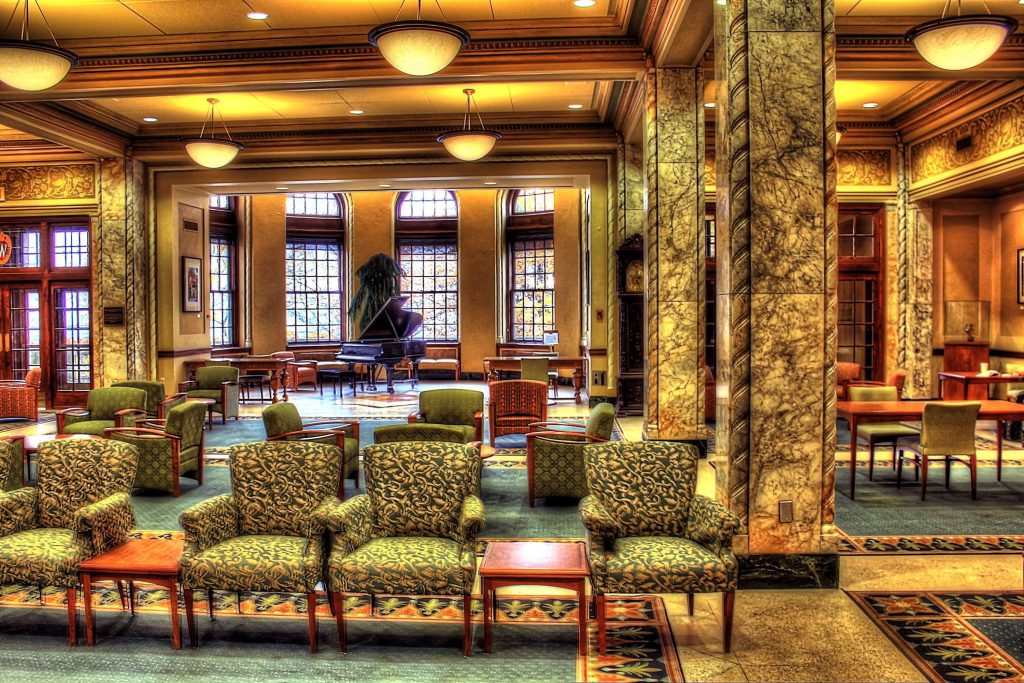
Ambient Lighting Definition. What is Ambient Lighting
Ambient or general lighting refers to the primary source of illumination in a space, providing overall brightness and a comfortable level of light for everyday activities. It is the foundational lighting layer that ensures adequate visibility for everyday activities. The purpose of general ambient lighting is to mimic natural daylight and evenly distribute light throughout the room, eliminating shadows and creating a balanced illumination.
Types of Ambient Lighting Fixtures
Ambient lighting is the foundation of any well-designed lighting scheme, providing overall illumination and setting the mood in space. To achieve the perfect ambiance and functionality, it’s important to choose the proper types of ambient lighting fixtures.
Types of General Ambient Indoor Lighting Fixtures
In this post, we’ll look at the various types of general ambient indoor lighting fixtures, from ceiling-mounted fixtures to wall sconces, and see how they can improve the ambiance of your space.
Chandeliers
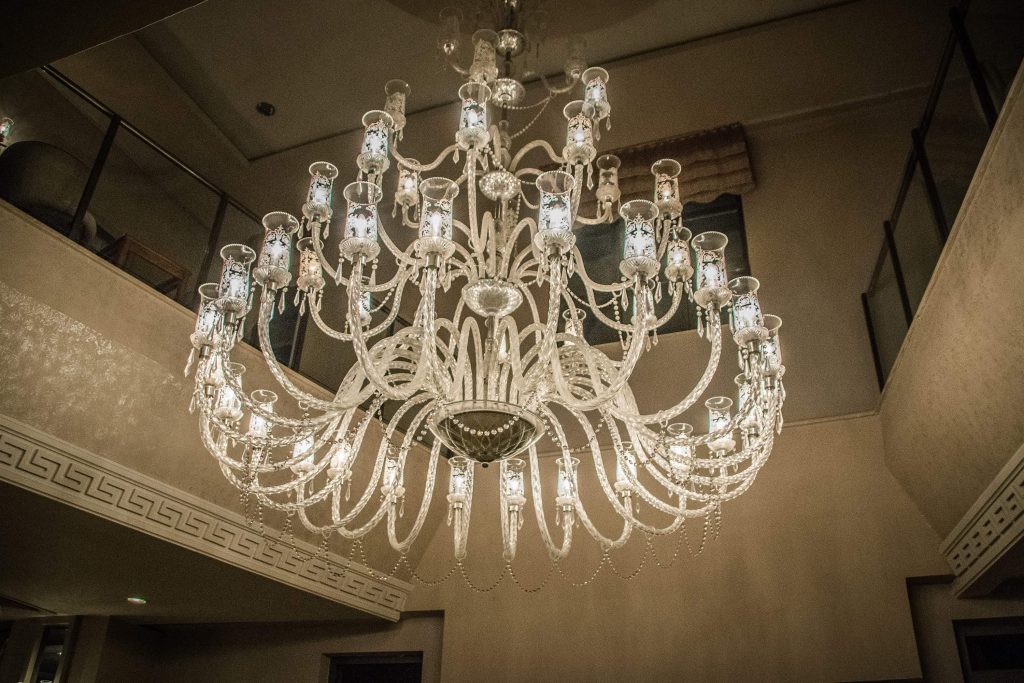
Chandeliers are timeless and elegant fixtures that add a touch of sophistication to any room. They come in a variety of styles, from traditional crystal designs to modern and minimalist interpretations. Chandeliers typically feature multiple light bulbs or candles arranged in a decorative, often ornate, frame. These fixtures provide ample light and serve as eye-catching focal points, enhancing the overall aesthetics of the space.
Indoor Pendant Lights

Indoor pendant lights are versatile fixtures that hang from the ceiling, typically suspended by a cord, chain, or rod. They come in a range of shapes, sizes, and materials, allowing for endless design possibilities. Pendant lights can be used individually or in clusters to create a statement or provide focused lighting in specific areas.
Ceiling-mounted Fixture

Ceiling-mounted fixtures are lighting fixtures directly attached to the ceiling, creating a unified and seamless appearance. Because of their versatility and functionality, they are a popular choice for both residential and commercial spaces. These fixtures with flush & semi-flush mounts are available in a variety of styles, sizes, and designs, allowing you to find the ideal option to complement your interior decor.
Recessed Fixtures
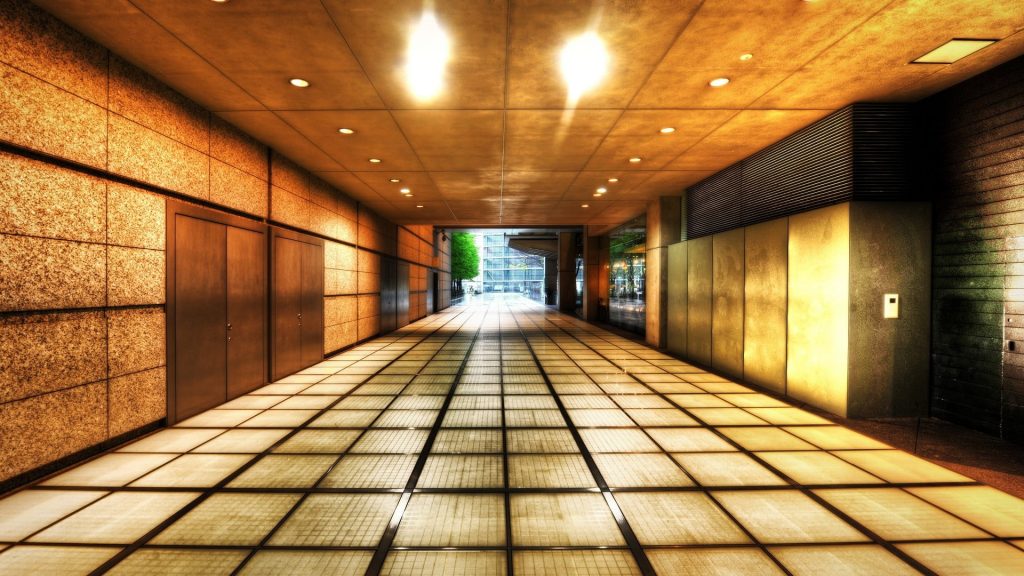
In modern indoor spaces, recessed lighting, also referred to as can lights or downlights, is widely favored for its ability to create ambient lighting. Recesed fixtures are specifically designed for installation in the ceiling, with the light source positioned back or recessed into the ceiling cavity. By seamlessly blending with the ceiling, recessed lights offer a discreet and uniform illumination, effectively lighting up the area without attracting undue attention to the fixtures themselves. This makes them a popular choice for achieving a seamless and unobtrusive lighting design in contemporary interiors.
Wall-mounted Fixtures
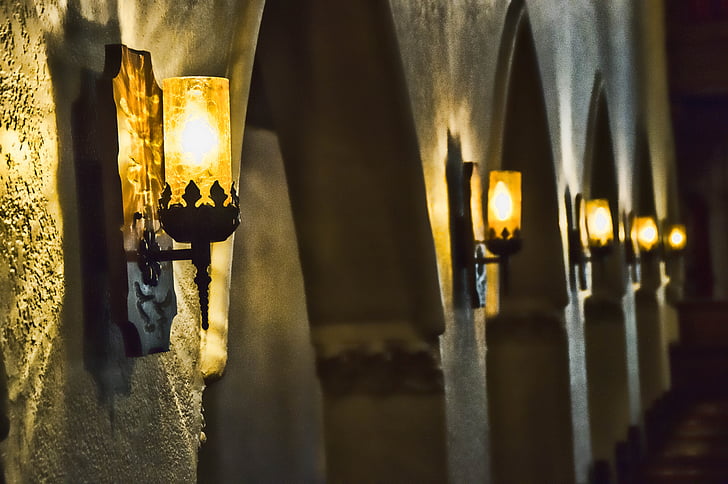
Wall-mounted fixtures are lighting fixtures that are attached to the wall. They offer a versatile lighting solution that combines both practicality and style. Whether you are looking to illuminate a hallway, create a cozy reading nook, or accentuate a piece of artwork, wall-mounted fixtures can be a perfect choice.
Floor Lamp

Floor lamps are versatile and stylish lighting fixtures that can transform any space. With tall stature and distinctive designs, they serve both functional and decorative purposes, making them a valuable addition to your home or office. Floor lamps offer numerous benefits that can improve the overall aesthetic and functionality of a room, from providing ambient lighting to acting as a statement piece.
Track Lighting
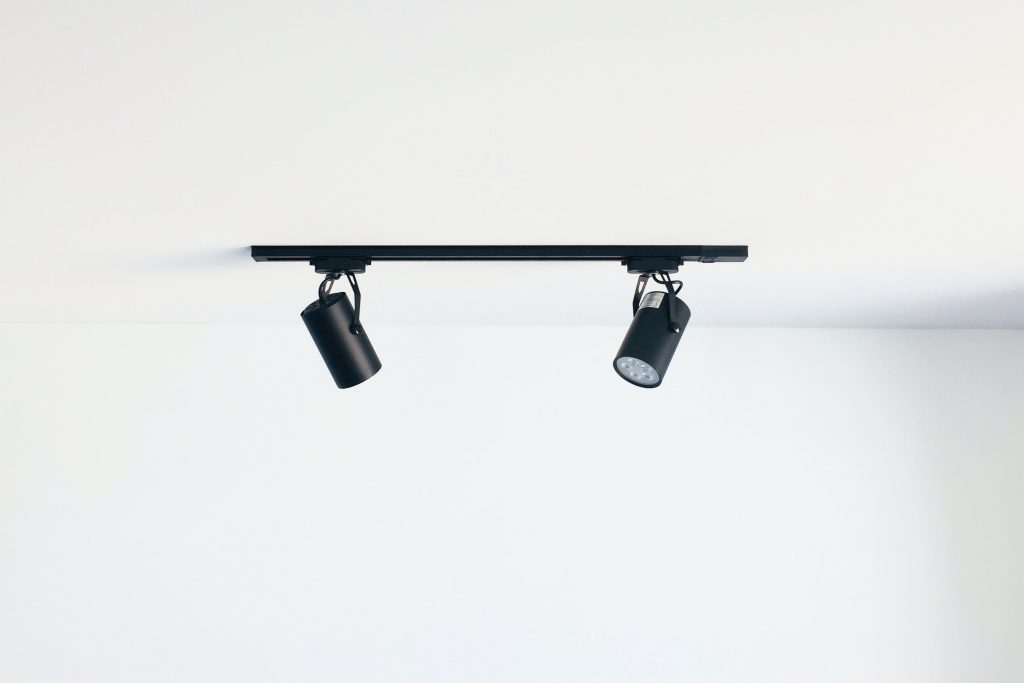
Track lighting consists of a track mounted to the ceiling or wall, with adjustable light fixtures that can be positioned along the track. This type of lighting allows for flexibility in directing light to specific areas or objects, making it suitable for highlighting artwork, architectural features, or task areas.
Types of General Ambient Outdoor Lighting Fixtures
In this post, we’ll look at the various types of general ambient outdoor lighting fixtures, from outdoor pendant lights to post lamps, and see how they can improve the ambiance of your space.
Outdoor Spotlights
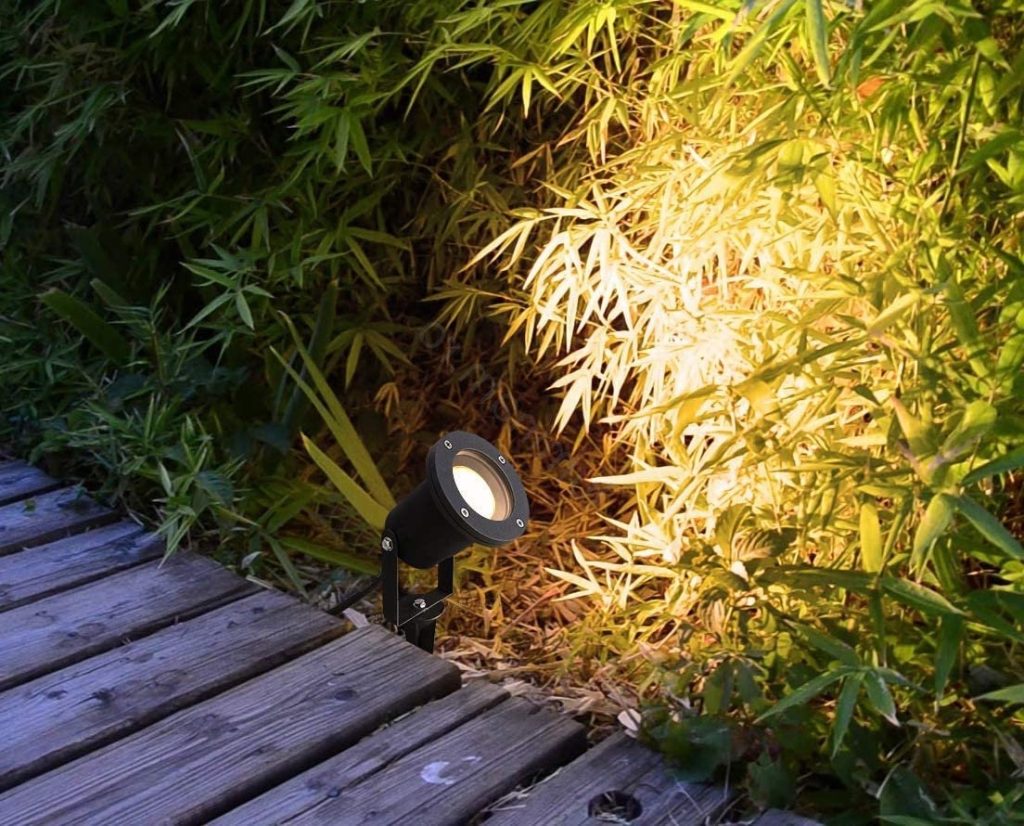
Outdoor spotlights are powerful and versatile lighting fixtures that can transform your outdoor spaces, creating a captivating and safe environment. With focused beams of light, they accentuate architectural features, highlight landscape elements, and provide enhanced visibility during the night.
Outdoor Pendant Lights

Outdoor pendant lights bring an element of refinement and charm to any outdoor environment with their graceful and suspended design. These lighting fixtures serve as a versatile and visually striking choice, suitable for various outdoor settings such as spacious patios, intimate gardens, or inviting entrances.
Recessed Fixtures used in Overhanging Structures
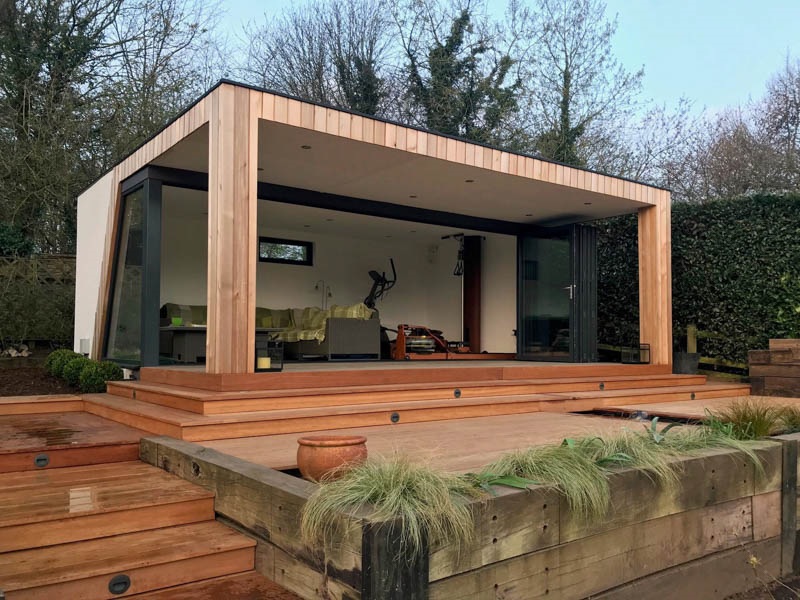
Recessed fixtures have long been favored for their ability to provide discreet and functional lighting solutions. When it comes to overhanging structures, such as eaves, canopies, or pergolas, recessed fixtures offer a seamless and stylish way to illuminate space. Integrating recessed fixtures into these architectural elements can enhance outdoor area aesthetics while improving visibility and functionality.
Outdoor Wall Lights

Outdoor wall lights are functional and serve as stylish accessories that can transform the look and feel of your outdoor space. These versatile lighting fixtures provide illumination and add a touch of elegance and charm to your exterior walls. From creating a warm and inviting ambiance to improving safety and security, outdoor wall lights offer a multitude of benefits that can enhance your outdoor experience.
Garage and Canopy Lighting
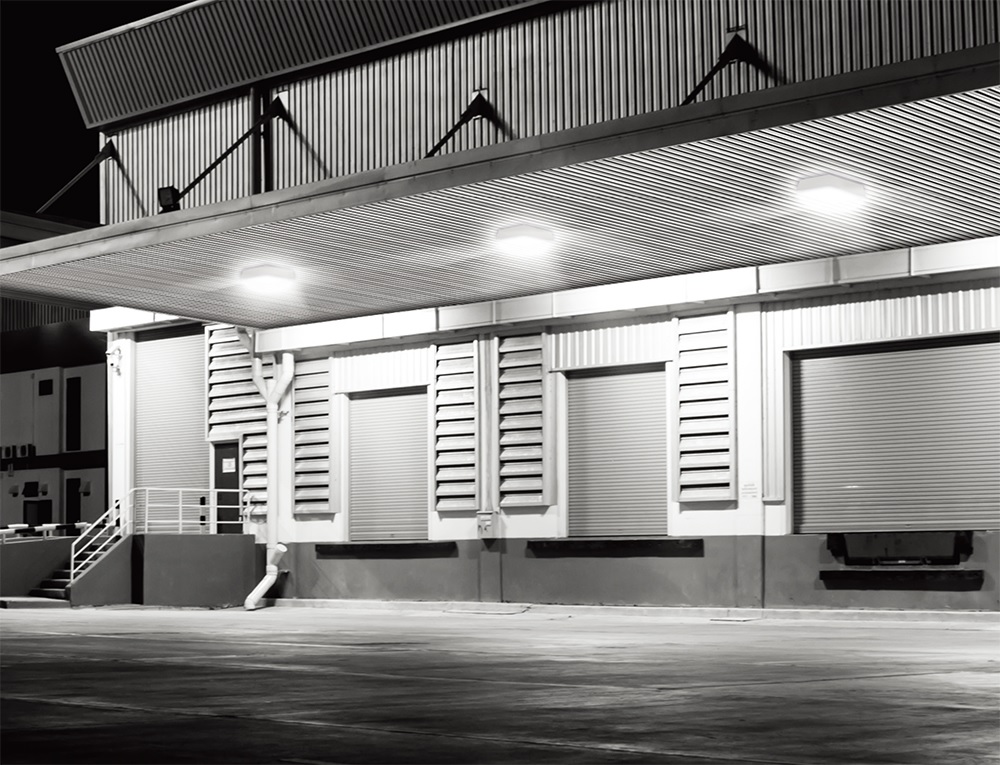
Garage and canopy lighting plays a vital role in ensuring safety, functionality, and aesthetics in these areas. Whether you have a residential garage or a commercial canopy, proper lighting is essential for a variety of reasons. From improving visibility and security to enhancing the overall ambiance, investing in quality lighting solutions for your garage and canopy can make a significant difference.
Post Lamps
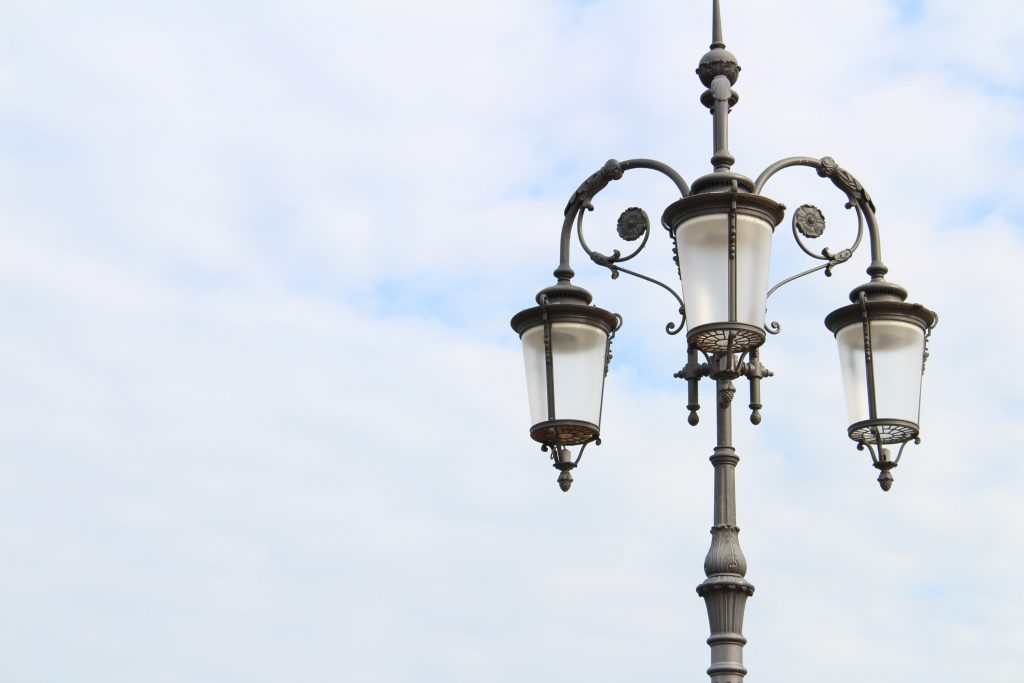
Post lamps, also known as post lights or lamp posts, are timeless outdoor lighting fixtures. They add a touch of nostalgia and sophistication to any outdoor setting with their elegant design and functional illumination. Post lamps provide a timeless and classic lighting solution that enhances both the aesthetics and functionality of your outdoor space, whether you have a garden, a pathway, or a driveway.
Task Lighting: Focusing on Functionality
Task lighting is designed to illuminate specific areas or cater to particular activities. It focuses on providing ample light for tasks such as reading, cooking, crafting, or working. Task lighting is targeted and directed, ensuring optimal visibility and reducing eye strain.

Task Lighting Definition. What is Task Lighting
Task lighting is a specific type of lighting designed to provide focused and concentrated illumination in a particular area where specific tasks or activities are performed. Task lighting is characterized by its bright and direct light output, which minimizes shadows and glare, allowing individuals to perform tasks with clarity and accuracy.
Types of Task Lighting Fixtures
Task lighting fixtures are essential for providing concentrated illumination for specific activities or tasks. You can select task lighting fixtures that meet your specific needs and complement your existing decor from a variety of options. In this post, we’ll look at the various types of task lighting fixtures and how they can transform your workspace.
Book Lights
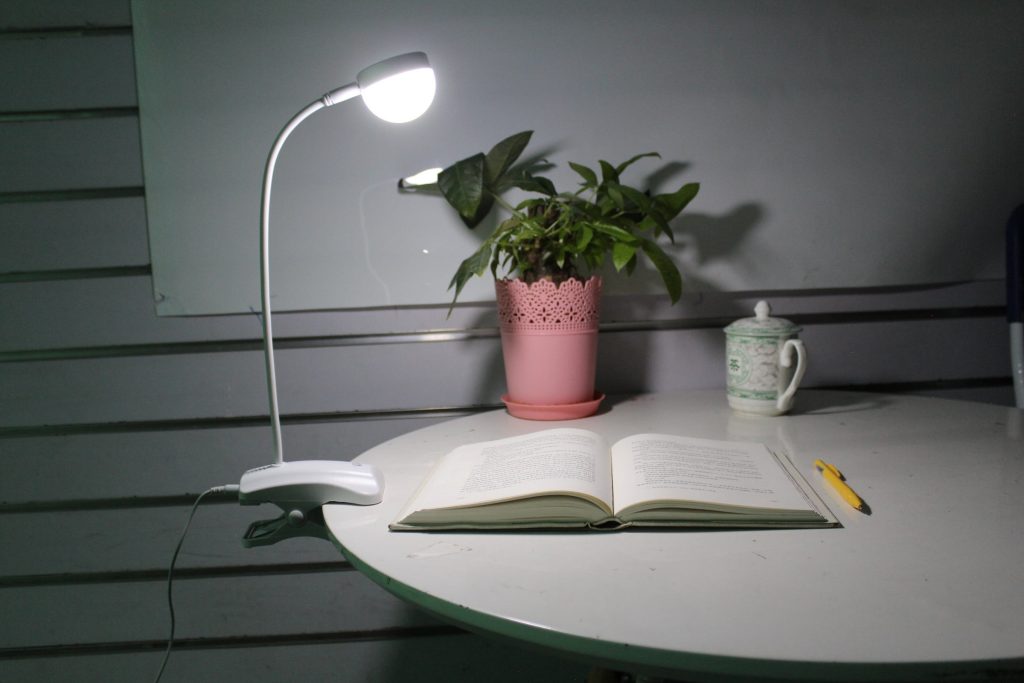
Book lights are handy and portable lighting fixtures designed specifically for avid readers. Whether you enjoy getting lost in the pages of a thrilling novel or need to study late into the night, book lights provide the perfect solution for reading in low-light environments. These compact and versatile devices offer focused illumination, allowing you to read comfortably without disturbing others or straining your eyes.
Desk or Table Lamps
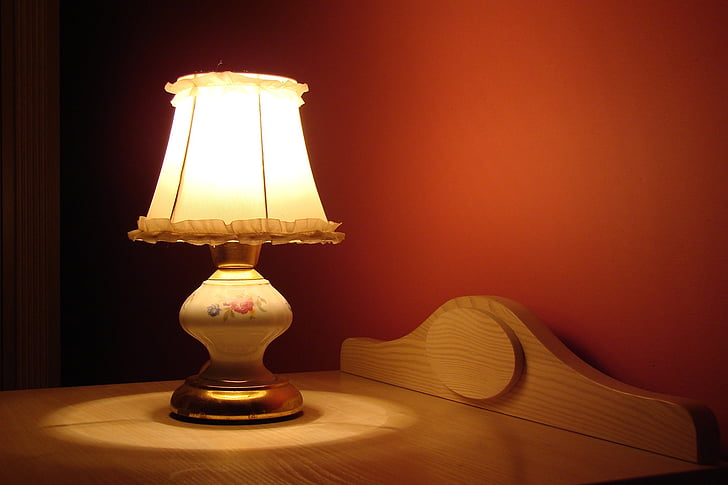
Desk or table lamps are versatile lighting fixtures that serve both practical and decorative purposes. With their compact size and portable design, they can be placed on various surfaces, making them a convenient lighting solution for any room. From providing task lighting to adding a touch of style, table lamps are a must-have accessory for enhancing the ambiance of your space.
Magnifying Task Lights

For tasks that demand intricate precision, such as jewelry making, electronics assembly, or detailed artwork, magnifying task lights are indispensable. These fixtures combine task lighting with a built-in magnifying lens, enabling you to see small details with clarity and accuracy. Magnifying task lights are often equipped with LED lights for enhanced visibility and adjustable arms for optimal positioning.
Swing Arm Lamps
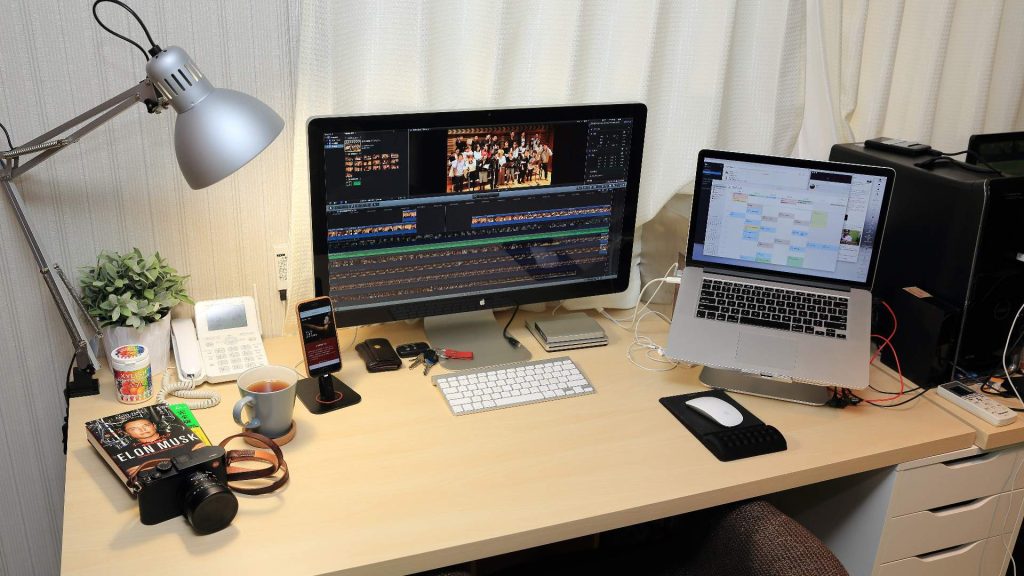
Swing arm lamps are versatile task lighting fixtures that offer flexibility and adjustability. These lamps feature a hinged arm that can be extended or adjusted to direct light precisely where it’s needed. Swing arm lamps are commonly used in bedrooms, living rooms, or home offices, where users require focused lighting for reading, writing, or other tasks.
Portable Lights

Portable lights have revolutionized the way we illuminate our surroundings. These compact and versatile lighting solutions offer convenience and flexibility, allowing us to bring light wherever we go. From camping adventures to emergencies, portable lights are indispensable tools that provide illumination on the go.
Pendant Lights
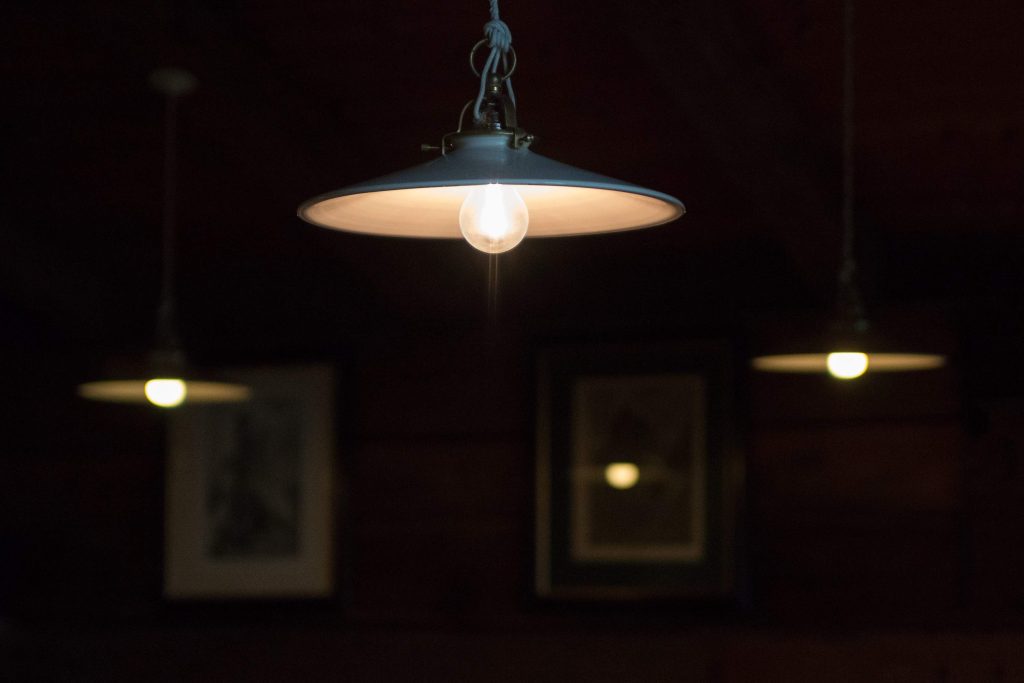
Pendant lights serve as decorative elements and as task lighting fixtures. When positioned strategically over a table, island, or workspace, pendant lights provide focused illumination for activities such as dining, reading, or crafting. Opt for pendant lights with adjustable height and directional features to direct the light precisely where it’s needed.
Directional Gimbal Recessed Fixture or downlight
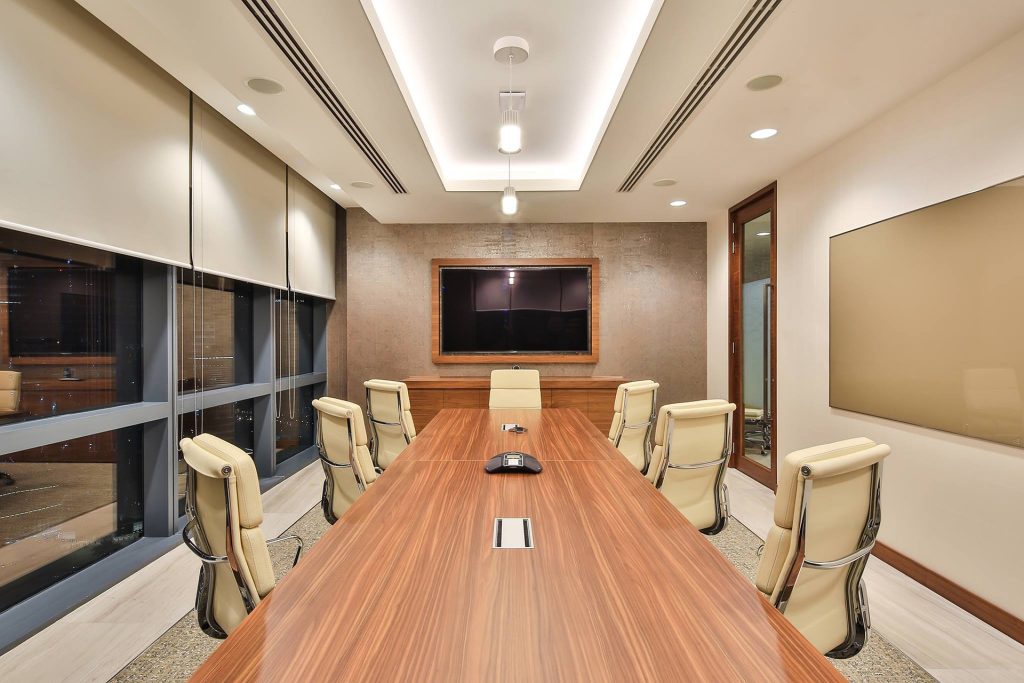
Directional gimbal recessed fixtures, also known as downlights, are popular lighting solutions that offer both functionality and aesthetics. These versatile fixtures are designed to be installed into ceilings or walls, providing focused and adjustable lighting in a specific direction.
Under-Cabinet Lights

Under-cabinet lights are an excellent choice for task lighting in the kitchen or other work areas with cabinets or shelves. These fixtures are installed underneath cabinets, providing focused light on countertops, stovetops, or other workspace surfaces. Under-cabinet lights come in various forms, including linear strips, puck lights, or tape lights. They offer bright and shadow-free illumination, ensuring clear visibility for food preparation, cooking, and other kitchen tasks.
Wall-mounted Reading Lights
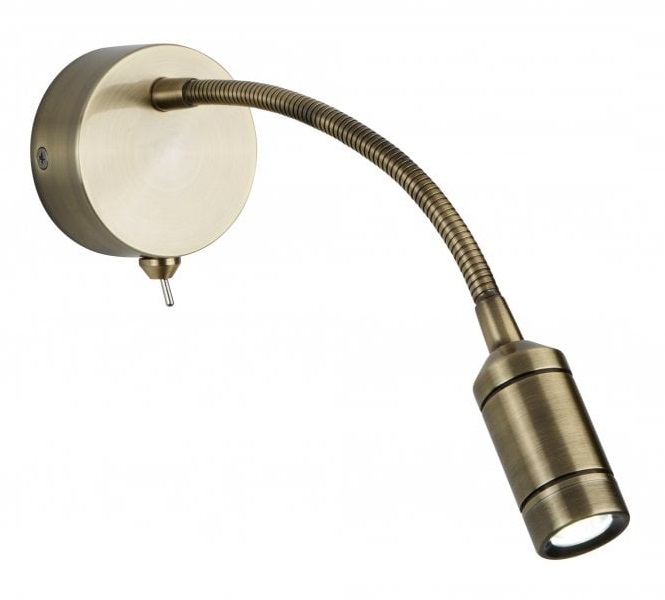
Wall-mounted reading lights are a practical and stylish lighting solution that brings comfort and functionality to your reading spot. These fixtures are specifically designed to provide focused illumination for reading without disturbing others or straining your eyes. With their adjustable features and sleek designs, wall-mounted reading lights offer convenience and aesthetics, making them an essential accessory for avid readers.
Guidance Lights
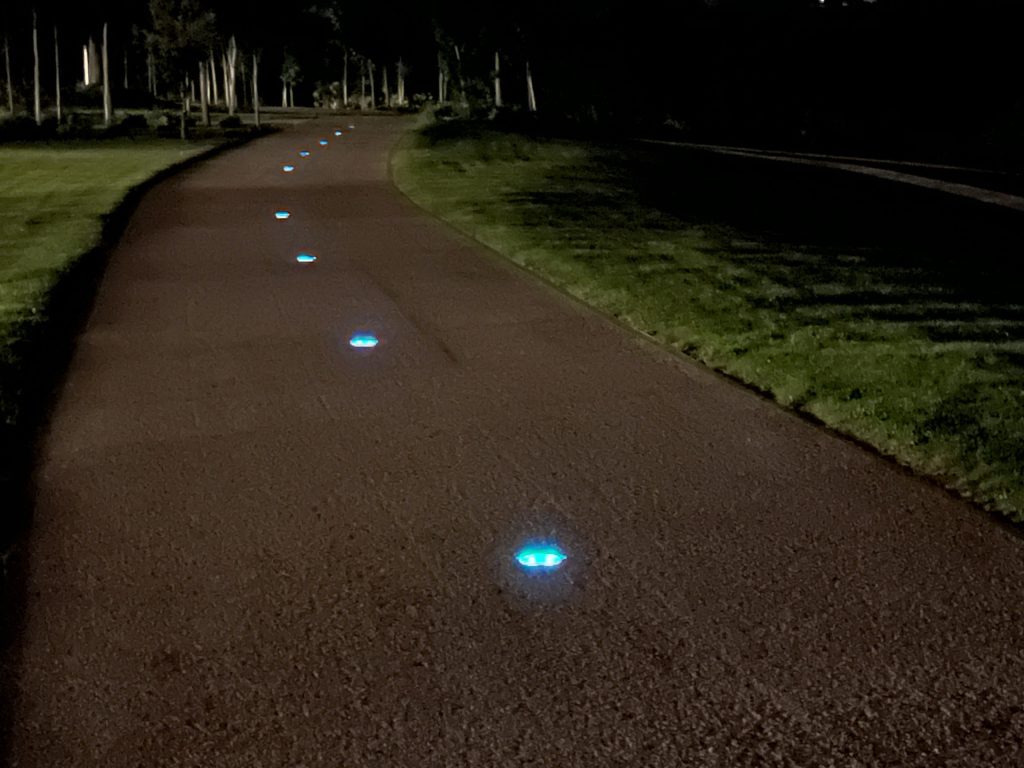
Guidance lights are essential lighting fixtures that provide illumination and direction in various settings. These versatile lights are designed to guide and navigate individuals through indoor and outdoor spaces, ensuring safety and convenience. From staircases and hallways to walkways and parking lots, guidance lights play a crucial role in enhancing visibility and preventing accidents.
Accent Lighting: Highlighting Key Features
Accent lighting distinguishes by its directional and focused nature, which allows for precise control over the light’s direction. Accent lighting fixtures can be strategically placed to create a visually stunning environment that enhances the overall aesthetics and ambiance of the space.
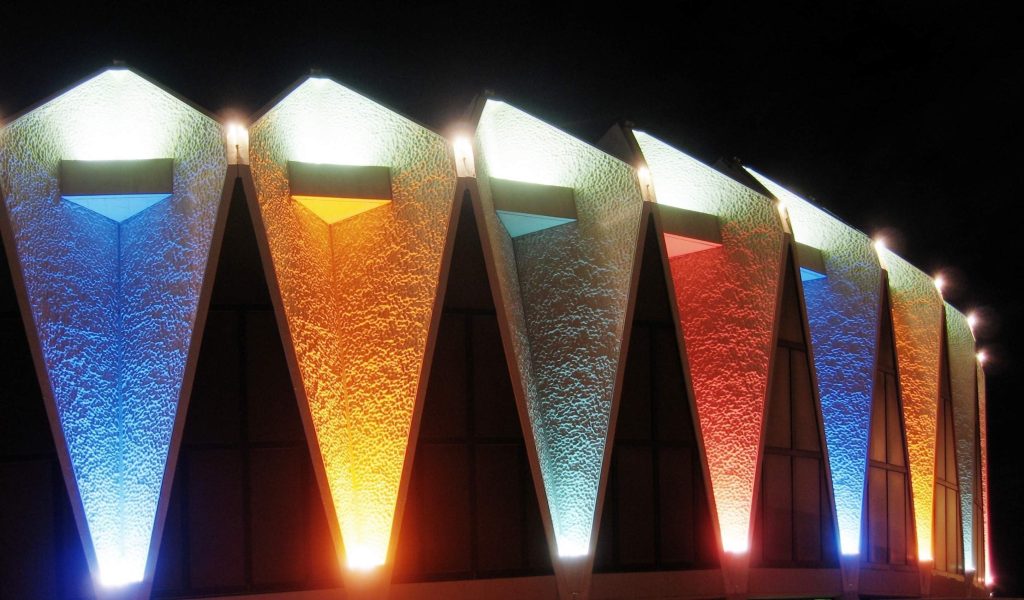
Accent Lighting Definition. What is Accent Lighting
Accent lighting is a lighting technique used to draw attention to specific objects, areas, or architectural features within a space. It is frequently used to draw attention to artwork, sculptures, plants, or other focal points, creating a focal point and adding drama and elegance.
Types of Accent Lighting Fixtures
Accent lighting fixtures are essential elements in lighting design. With so many different types of accent lighting fixtures available, you can find the perfect one for your needs and style.
Track Lights
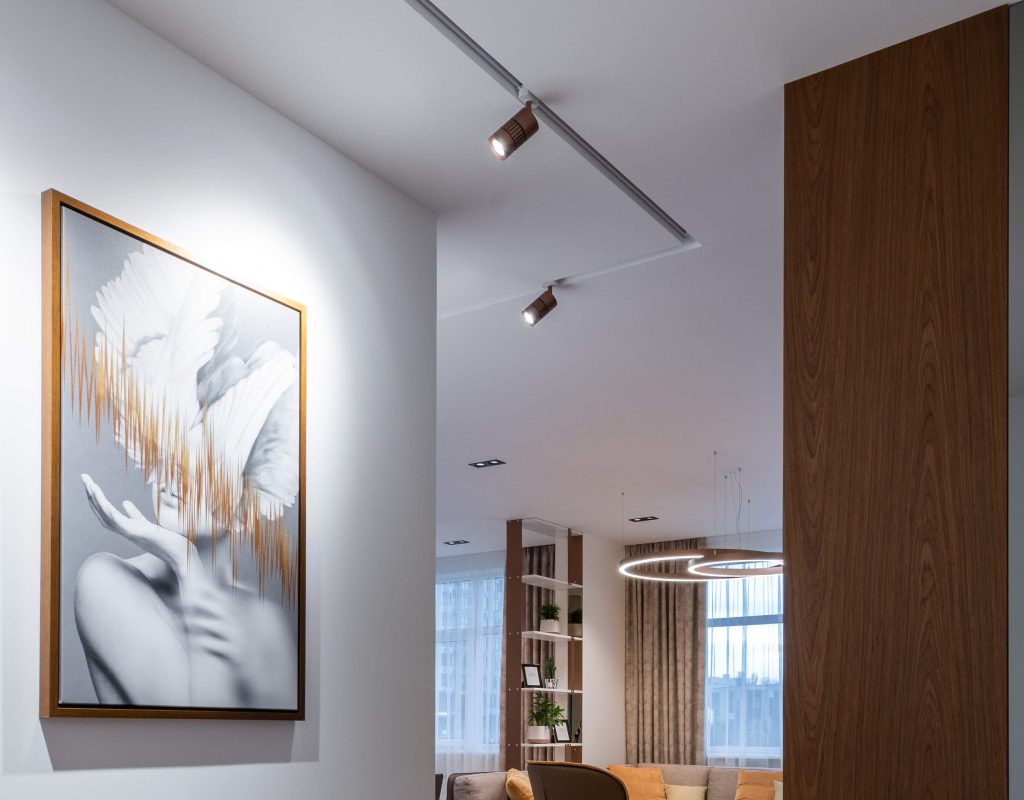
Track lights have become a popular choice among homeowners and designers when it comes to accent lighting fixtures. These versatile and stylish lighting solutions offer a unique way to highlight specific areas or objects in a room while adding a touch of sophistication to the overall design. With their adjustable features and sleek design, track lights provide endless possibilities for creating a customized lighting scheme that enhances the ambiance of any space.
Directional Recessed Lighting or downlight
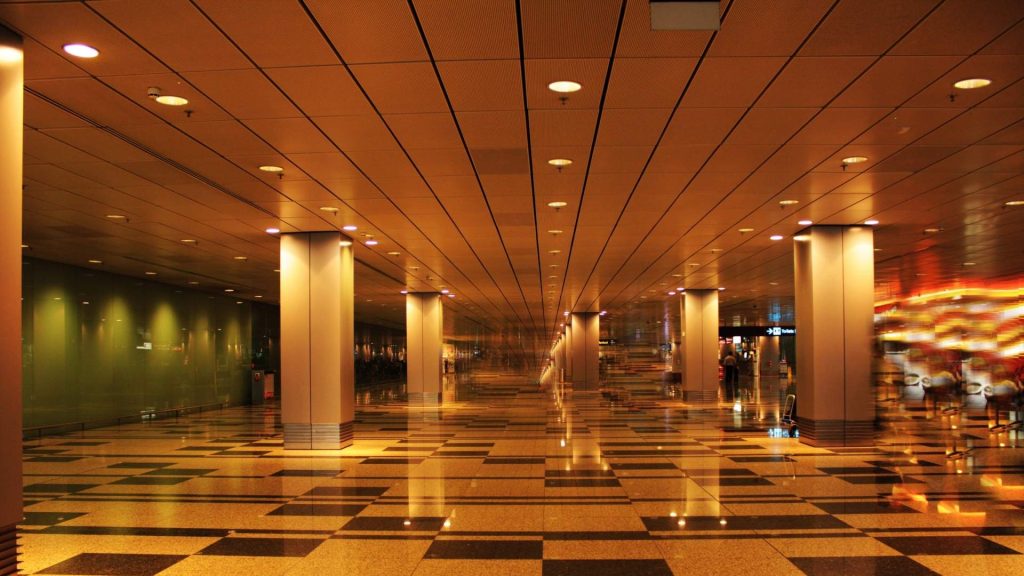
Directional recessed lighting, also known as downlights, is a popular choice for accent lighting in both residential and commercial settings. These versatile fixtures are designed to provide focused and adjustable lighting that adds depth, drama, and visual interest to any space. With their sleek and minimalist design, directional recessed lights seamlessly blend into the ceiling, allowing the light to take center stage.
Slimline Under-Cabinet Lighting
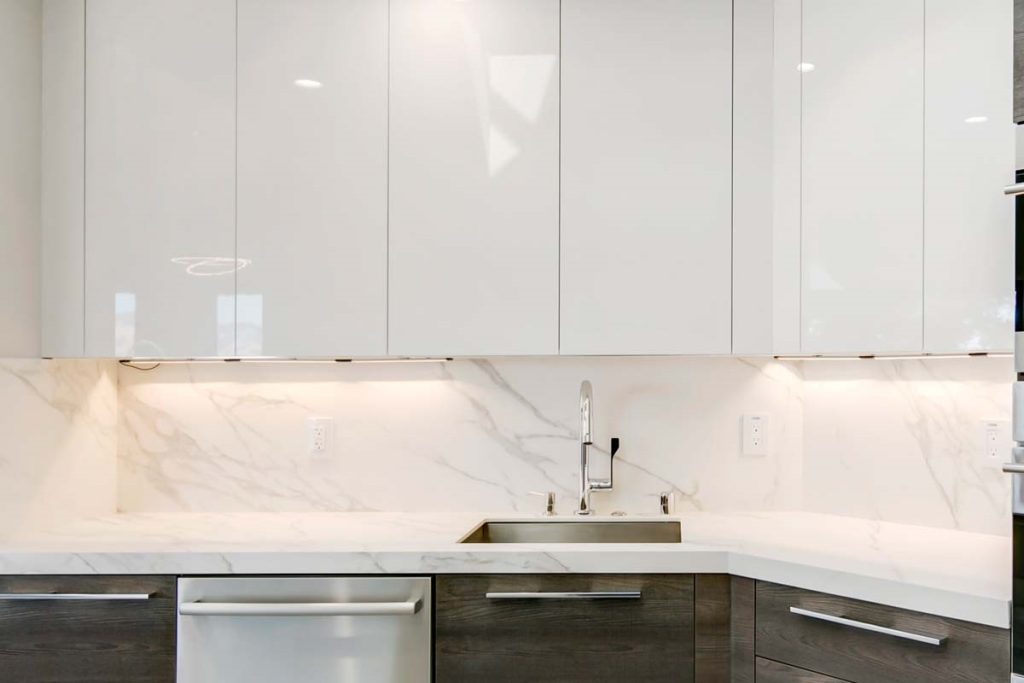
Slimline under-cabinet lighting is a popular choice for accent lighting in spaces where task lighting and ambiance are key. These versatile fixtures are specifically designed to provide subtle illumination beneath cabinets, enhancing visibility and adding a touch of elegance to the space. With a slim and compact design, they seamlessly blend into the cabinet, creating a stylish lighting solution.
Tape and Extrusion Light
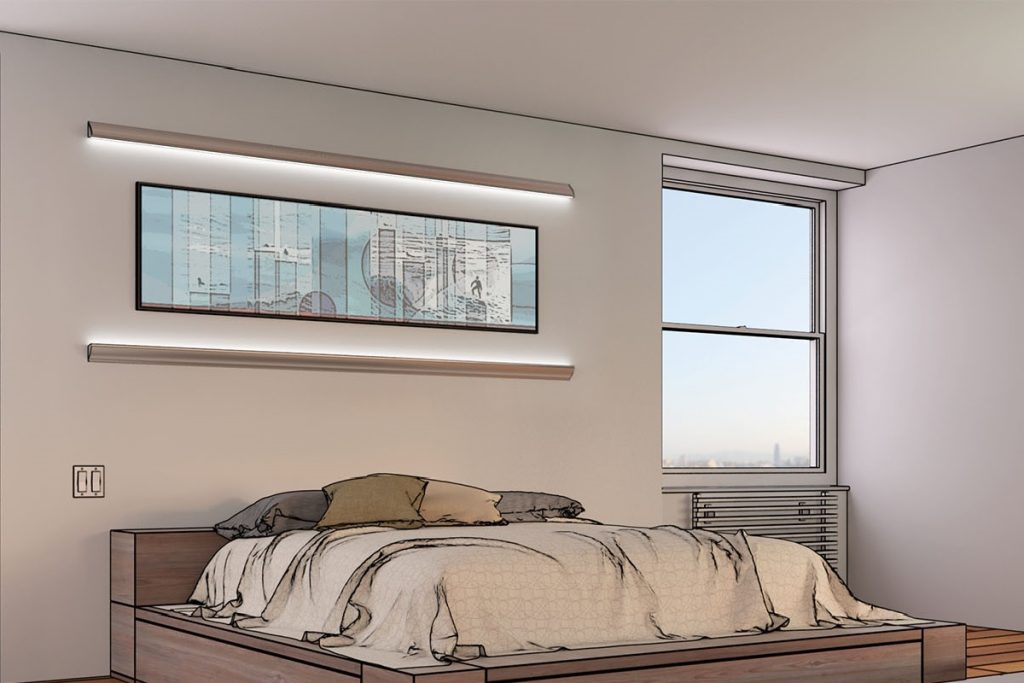
Tape and extrusion lighting has revolutionized the world of accent lighting fixtures, providing endless possibilities for illuminating spaces in creative and innovative ways. These flexible and versatile lighting solutions have gained popularity for their ability to add a touch of elegance and ambiance to any environment. From highlighting architectural features to creating unique lighting effects, tape and extrusion lights offer a range of options for accent lighting.
Wall-mounted Sconces

Wall-mounted sconces are a timeless and elegant lighting solution, adding a touch of sophistication and style to any space. These versatile accent lighting fixtures are designed to be mounted on walls, offering both functional and decorative lighting options. From creating a warm and inviting ambiance to highlighting architectural features, wall-mounted sconces are a go-to choice for homeowners and designers alike.
Picture Lights
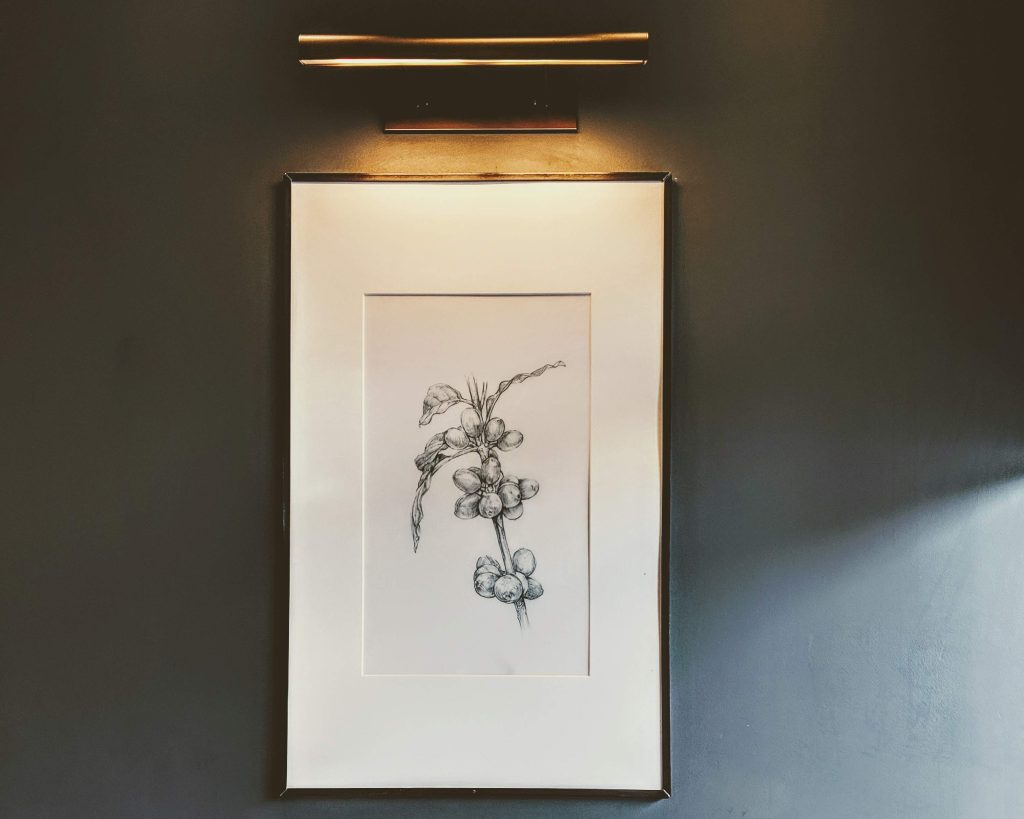
Picture lights are specifically designed to illuminate artwork, photographs, or other wall hangings. These small, focused fixtures are typically mounted above the artwork, casting light downwards to highlight its details and colors. Picture lights enhance the visual impact of artwork and create a museum-like ambiance in your home.
Cove Lighting
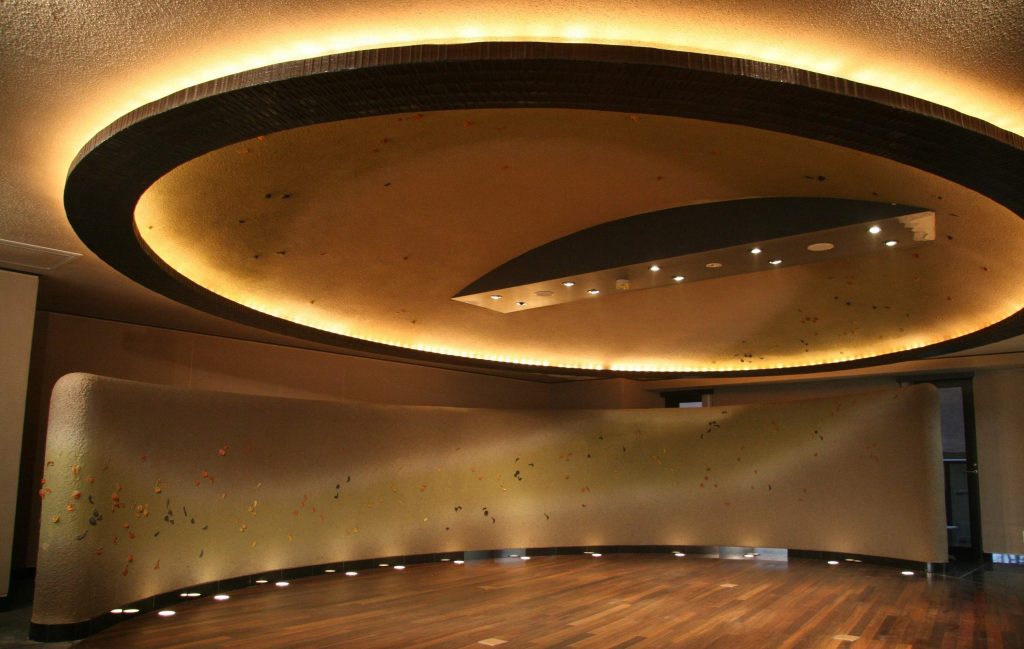
Cove lighting involves installing light fixtures or LED strips in a recessed area, such as a ledge or valance, to create a soft and indirect glow. This type of accent lighting is perfect for adding a subtle wash of light along ceilings or walls, creating a warm and inviting ambiance. Cove lighting enhances architectural features, highlights textures, or provides indirect ambient lighting. It is a popular choice for living rooms, bedrooms, or dining areas where a soft and cozy atmosphere is desired.
Floodlights
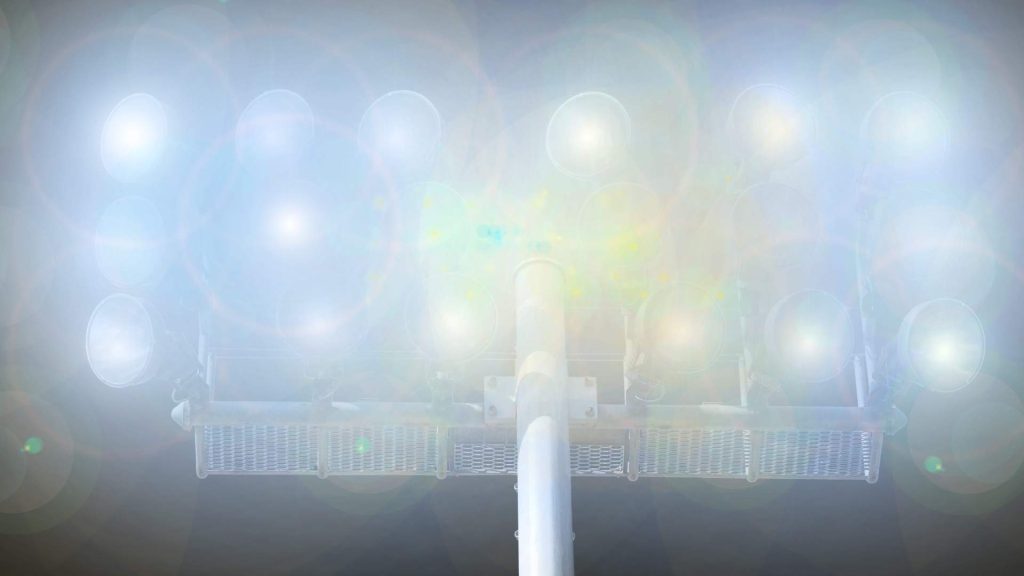
Floodlights are a powerful and versatile type of accent lighting fixture that can transform any space with their wide, intense beams of light. These fixtures are designed to provide exceptional brightness and coverage, making them ideal for illuminating outdoor areas, architectural features, or specific points of interest.
Torchiere Floor Lamp (torch lamp)
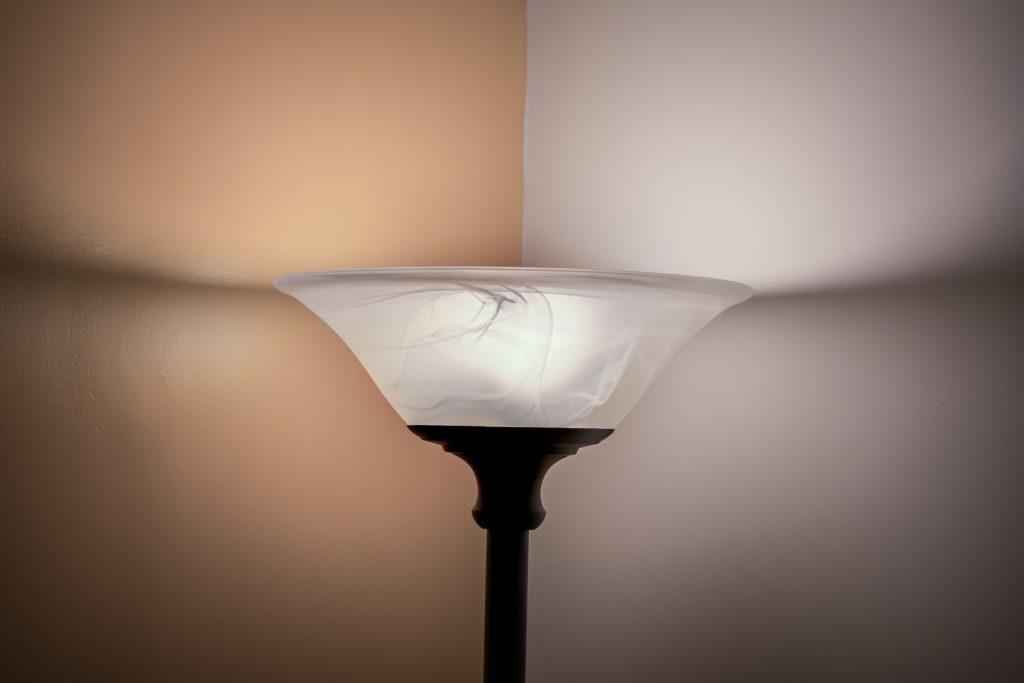
Torchiere floor lamps are a versatile and stylish choice when it comes to accent lighting fixtures. These tall and slender lamps are designed to provide upward illumination, casting a soft and indirect light that creates a warm and inviting ambiance in any room. With their elegant and timeless design, torchiere floor lamps serve as functional lighting solutions and act as decorative elements that enhance the overall aesthetics of your space.
Decorative Lighting: Infusing Style and Personality
Decorative lighting goes beyond functionality and serves as a powerful tool for improving the aesthetic appeal and ambiance of a space. It adds personality, style, and charm to the room, acting as an artistic element in interior design.
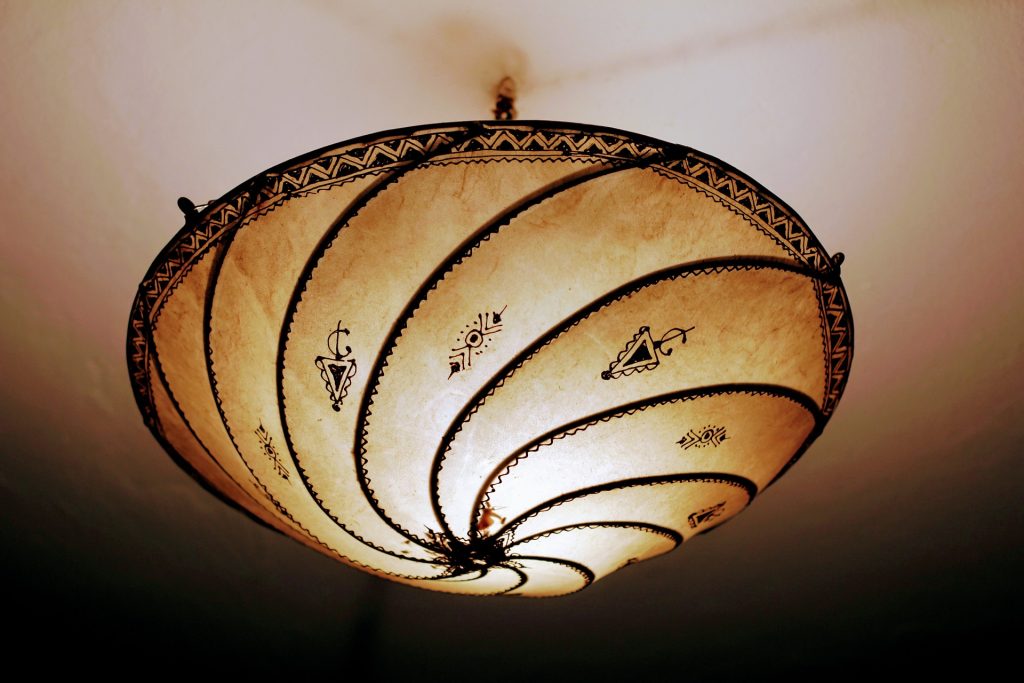
Decorative Lighting Definition. What is Decorative Lighting
Decorative lighting refers to the use of lighting fixtures and arrangements that are primarily intended to enhance the visual appeal and aesthetics of a space. Unlike general or task lighting, which focuses on providing functional illumination, decorative lighting serves as a means to create an atmosphere, set a mood, and add a touch of artistry to a room’s design.
Types of Decorative Lighting Fixtures
Decorative lighting fixtures come in a wide range of designs, shapes, and materials, offering limitless options to elevate the visual appeal of any space.
Chandeliers

Chandeliers have long been synonymous with luxury and sophistication, serving as the pinnacle of decorative lighting fixtures. These exquisite fixtures have adorned grand ballrooms, lavish mansions, and elegant dining rooms, adding a touch of riches and glamour to any space. With their elaborate designs, sparkling crystals, and cascading lights, chandeliers are more than just sources of illumination – they are works of art that captivate and inspire.
Hall & Foyer Lights
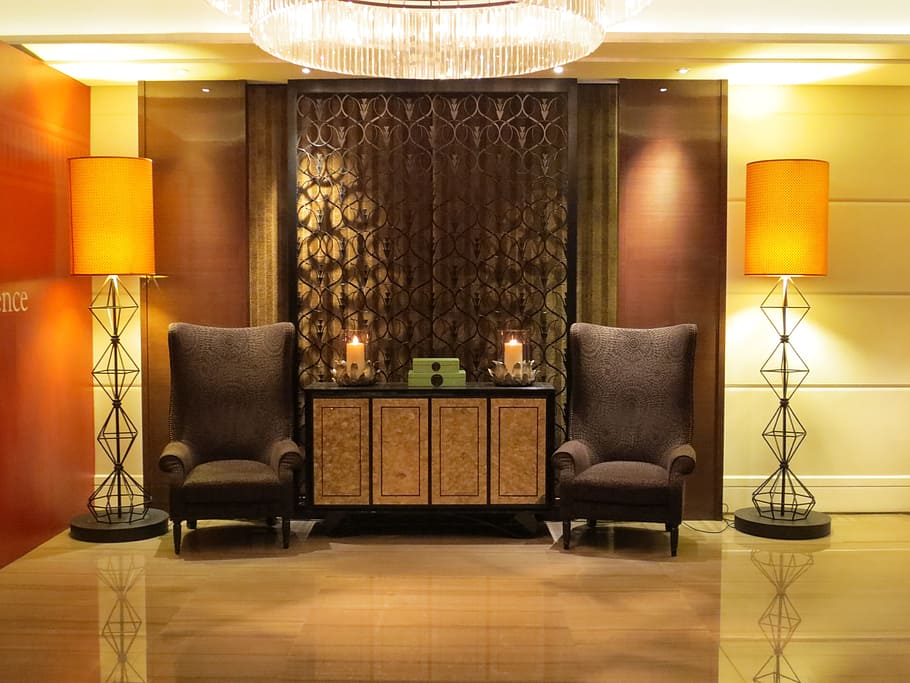
Hallways and foyers are the first areas guests encounter when entering your home, setting the tone for the entire space. To make a lasting impression and create a warm and inviting atmosphere, decorative lighting fixtures specifically designed for hallways and foyers play a crucial role. Hall & Foyer Lights provide functional lighting and serve as stylish statement pieces that enhance the aesthetics of your space.
Pendant Lights
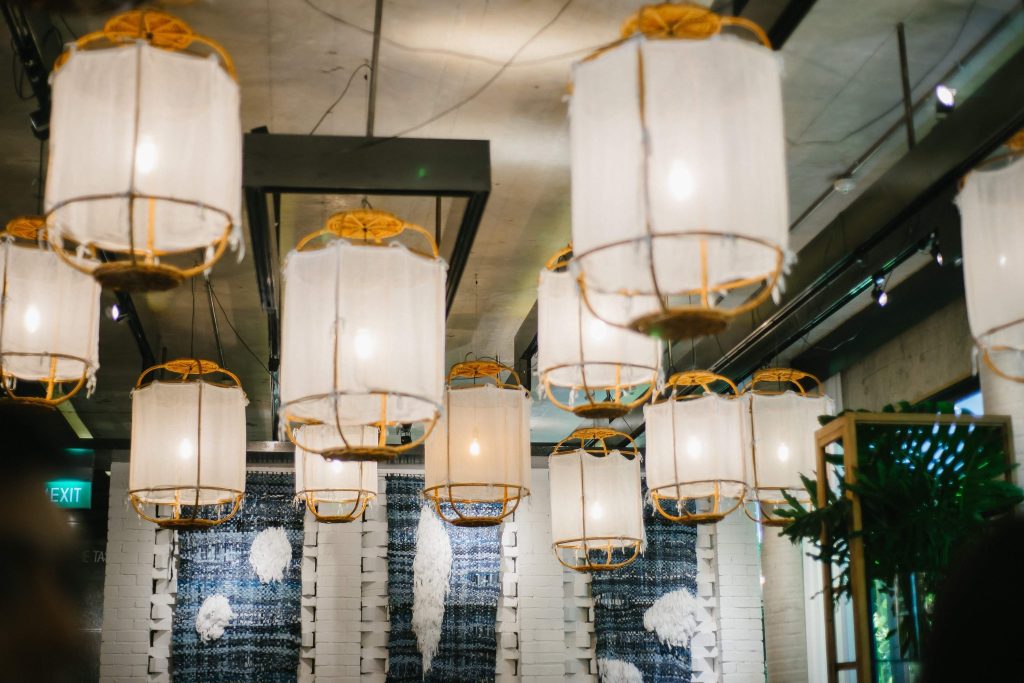
Pendant lights are versatile and stylish decorative lighting fixtures that can elevate the aesthetics of any space. With their captivating designs and unique hanging arrangement, pendant lights add a touch of sophistication and visual interest to a room. Whether used as a focal point above a dining table, as task lighting in a kitchen, or as ambient lighting in a living room, pendant lights effortlessly combine functionality with decorative appeal.
Cove Lights

Cove lighting is an adaptable and refined lighting method that imparts a sense of grace to any environment. With concealed placement and gentle, diffused illumination, cove lights bring about a warm and welcoming atmosphere, making them highly sought-after in both residential and commercial settings. These decorative lighting fixtures possess the ability to completely transform the ambiance of a room by accentuating architectural elements, establishing a feeling of depth, or fostering a serene mood.
Recessed Lights
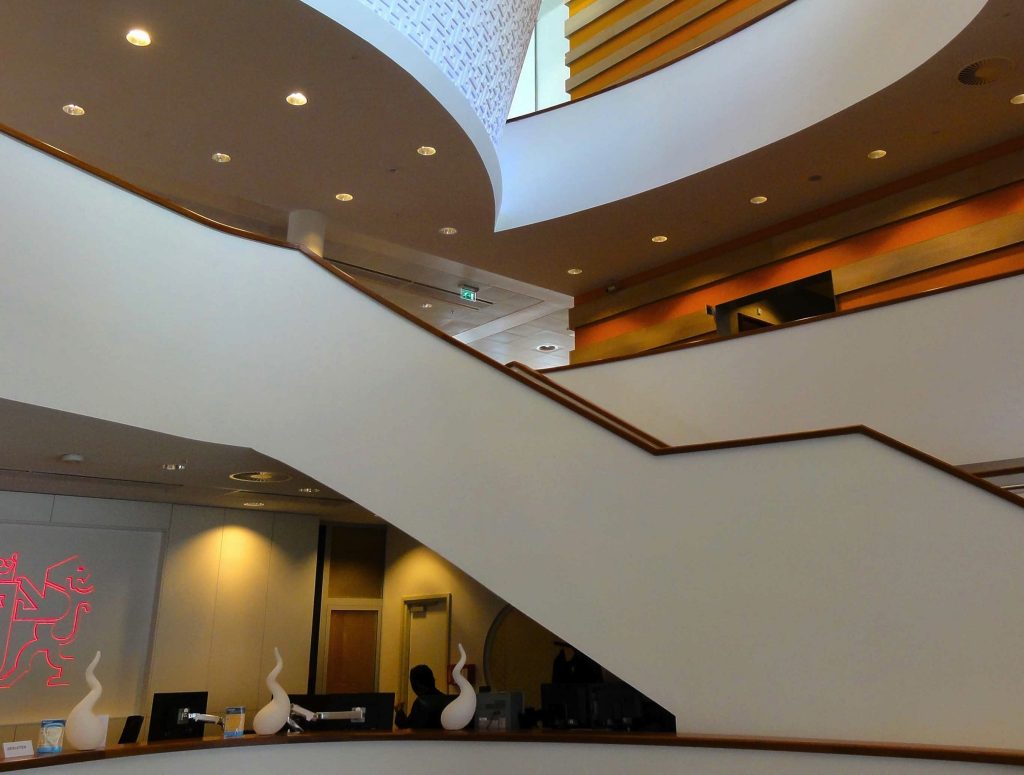
In the realm of decorative lighting fixtures, recessed lights stand out as a versatile and sophisticated choice. These sleek and unobtrusive lighting solutions have become increasingly popular in modern interiors, adding a touch of elegance and enhancing the overall aesthetic appeal of any space.
Track Lights

Track lights, also known as rail lights, offer a unique and versatile lighting solution that combines style, functionality, and flexibility. These innovative lighting systems have gained popularity in modern interiors, providing an elegant and customizable way to illuminate any space.
Wall Decor Lights

When it comes to enhancing the ambiance and visual appeal of space, wall decor lights serve as an exquisite choice of decorative lighting fixtures. These versatile lighting solutions provide illumination and serve as artistic elements that enhance the ambiance of your interior.
Portable Lights

Portable lights have emerged as a useful opportunity in the world of decorative lighting fixtures. These versatile lighting solutions offer a unique combination of style, functionality, and convenience. From enhancing your home’s ambiance to providing light on the go, portable lights have become an essential element in modern interiors.
Multi-Functional Lights
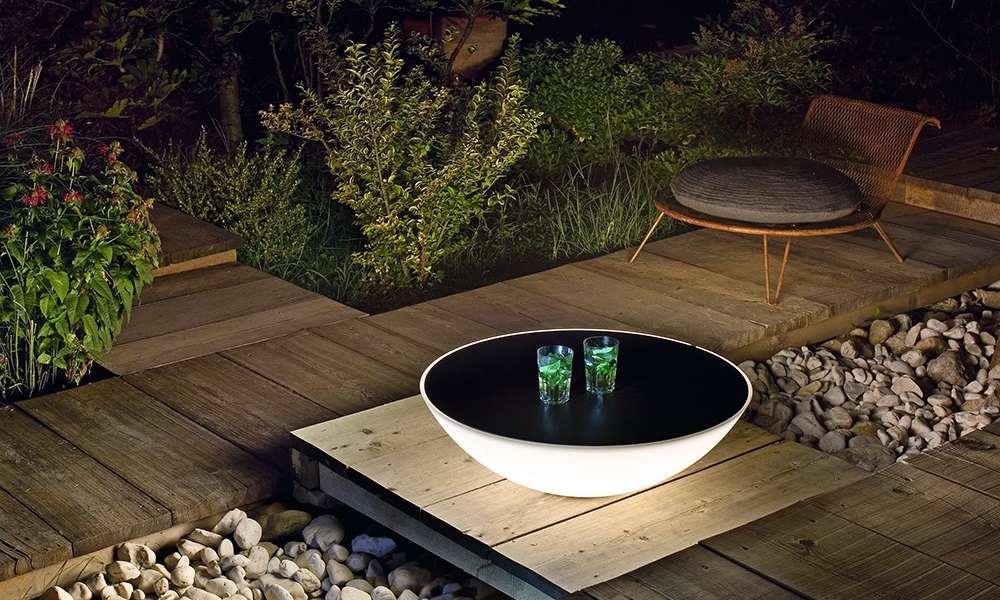
Multi-functional lights have transformed the decorative lighting industry by combining versatility, innovation, and aesthetic appeal. These dynamic lighting solutions go above and beyond traditional illumination, adding functionality and style to your living spaces.
Types of Lighting Overview
| Types of Lighting Fixtures | Types of Lighting | ||||
| Natural Lighting | Artificial Lighting | ||||
| Ambient Lighting | Task Lighting | Accent Lighting | Decorative Lighting | ||
| Book Lights | * | ||||
| Chandeliers | * | * | |||
| Ceiling-mounted Fixtures | * | ||||
| Cove Lights | * | * | |||
| Desk Table Lamps | * | * | |||
| Floodlights | * | * | |||
| Floor Lamps | * | * | |||
| Garage Lights | * | * | |||
| Guidance Lights | * | ||||
| Hall & Foyer Lights | * | * | |||
| Magnifying Task Lights | * | ||||
| Multi-Functional Lights | * | * | |||
| Pendant Lights | * | * | * | ||
| Picture Lights | * | ||||
| Portable Lamps | * | * | |||
| Post Lights | * | * | |||
| Recessed Lights | * | * | * | * | |
| Spotlights | * | * | * | ||
| Swing Arm Lamps | * | ||||
| Tape and Extrusion Lights | * | ||||
| Torchiere Floor Lamp | * | * | |||
| Track Lights | * | * | * | ||
| Under-Cabinet Lights | * | * | |||
| Wall-mounted Fixtures | * | * | * | * | |
| Table with the correlation between the types of lighting and the types of lighting fixtures | |||||
Types of Lighting. Classification by Types of Artificial Light Sources
Artificial light sources have transformed the way we illuminate our surroundings, providing a diverse range of options to meet a variety of lighting requirements. Understanding the various types of artificial light sources can help us make informed decisions about the best lighting for our specific needs.
The types of lighting can also be classified according to the main types of artificial light sources in: Incandescent Lights, Fluorescent Lights, Light-emitting diodes (LED) Lights, OLED Lights, Halogen Lights, Compact Fluorescent Lights (CFL), Neon Lights, High-Intensity Discharge (HID) Lights, Sodium Vapor Lights, and Metal Halide Lights.

For a detailed overview of the light source types, we invite you to visit our dedicated webpage on types of lights. There, you’ll find an in-depth presentation that looks at the specifics of each type of light source, giving you valuable information and insights to guide your lighting decisions.
Types of Lighting. Classification by Lighting Methods
The lighting method you select is critical in creating the perfect ambiance. Different lighting methods provide unique effects and improve the overall appeal of your space, from highlighting architectural features to setting the mood.
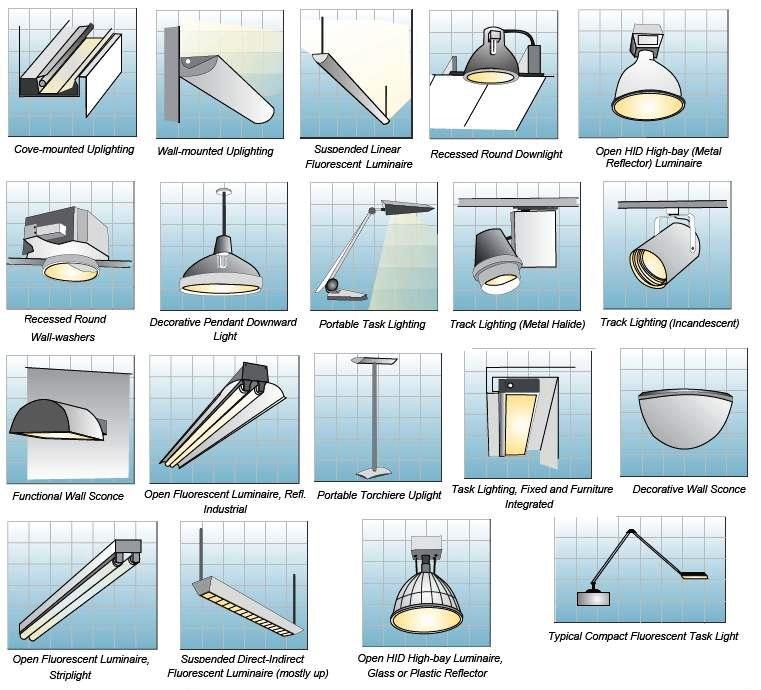
The types of lighting can also be classified according to the main lighting methods in: Frontlighting, Backlighting, Downlighting, Uplighting, Crosslighting, Floodlighting, Grazing, Hanging Lighting and Wall Washing.
Types of Lighting. Classification by Lighting Locations
Lighting is essential for improving the atmosphere and functionality of any space. Each location, from indoor settings to outdoor landscapes, necessitates its own lighting solutions. Understanding the various lighting locations is critical for designing a well-lit environment that meets unique requirements.
The types of lighting can also be classified according to the main Lighting Locations in: Indoor Lighting, Outdoor Lighting, Landscape Lighting, and Automotive Lighting.
Conclusions
Throughout this post, we have looked at different classifications of lighting types, with emphasis on classification based on lighting purposes. As we conclude our exploration of the various types of lighting, it becomes evident that each type brings its unique characteristics, benefits, and applications. By understanding the strengths and limitations of different lighting purposes, options, methods, and locations, we can make informed decisions and create lighting designs that enhance our environments. Choosing the proper lighting for your space is essential for creating the desired ambiance, functionality, and visual appeal.
In conclusion, the world of lighting is vast and diverse, offering endless possibilities for transforming our spaces. Whether it’s creating a warm and welcoming ambiance at home, illuminating outdoor landscapes, or ensuring safety while driving, lighting plays a pivotal role in our daily lives. So, let us embrace the power of light and illuminate our surroundings with knowledge and creativity.
